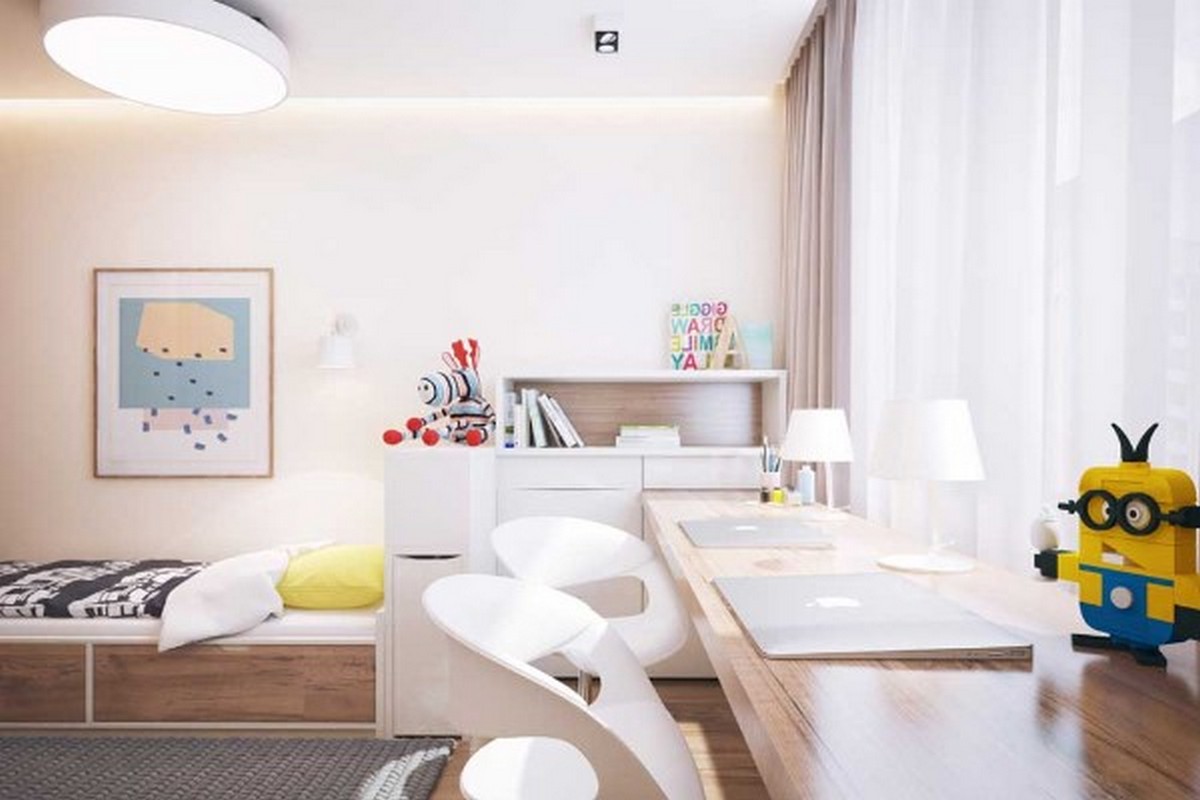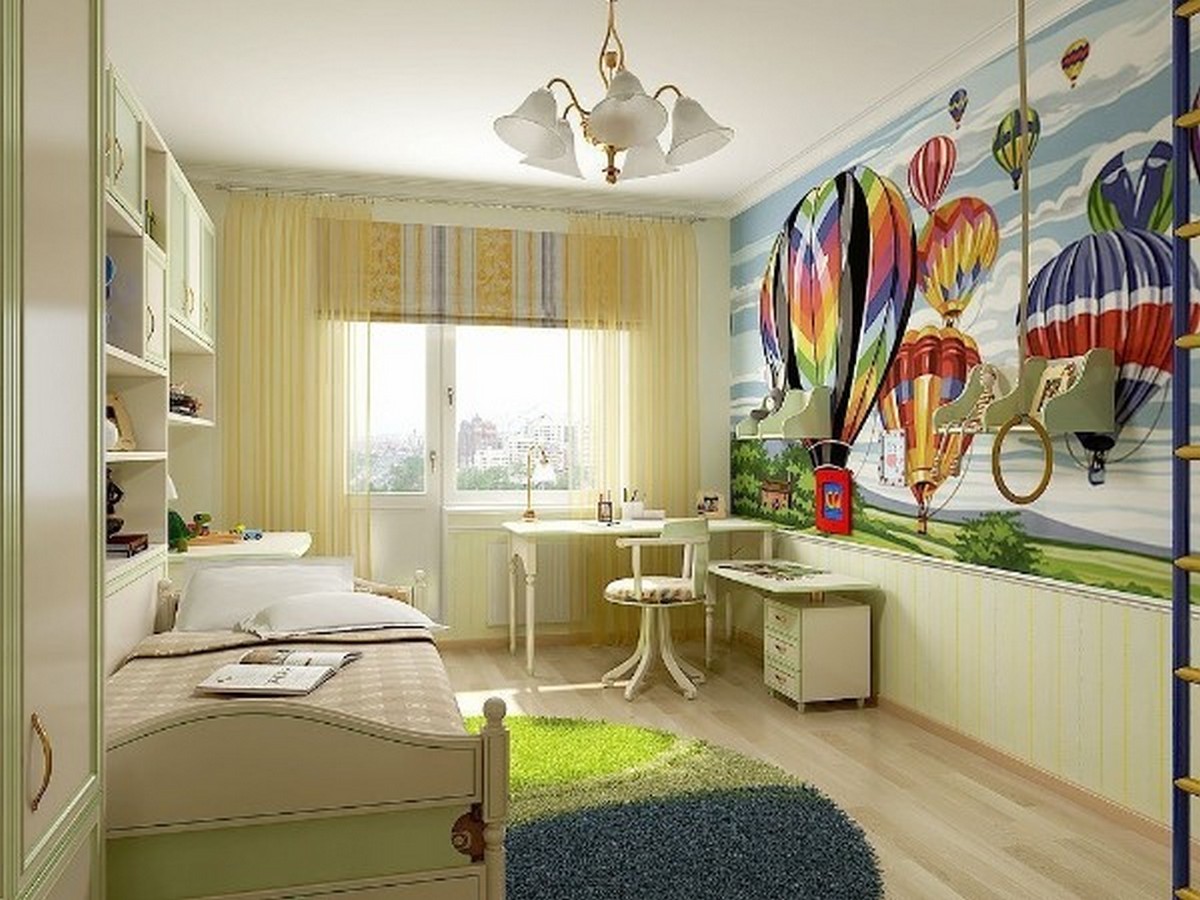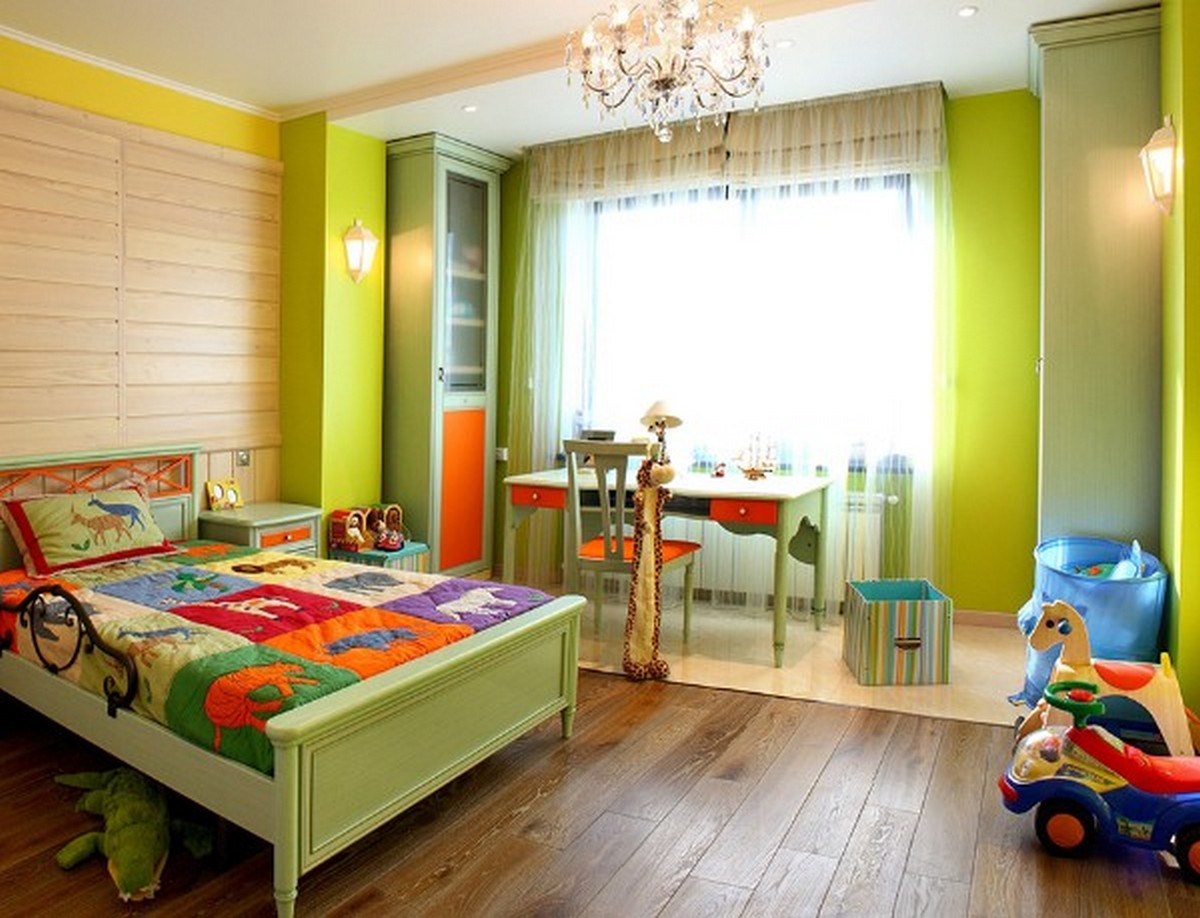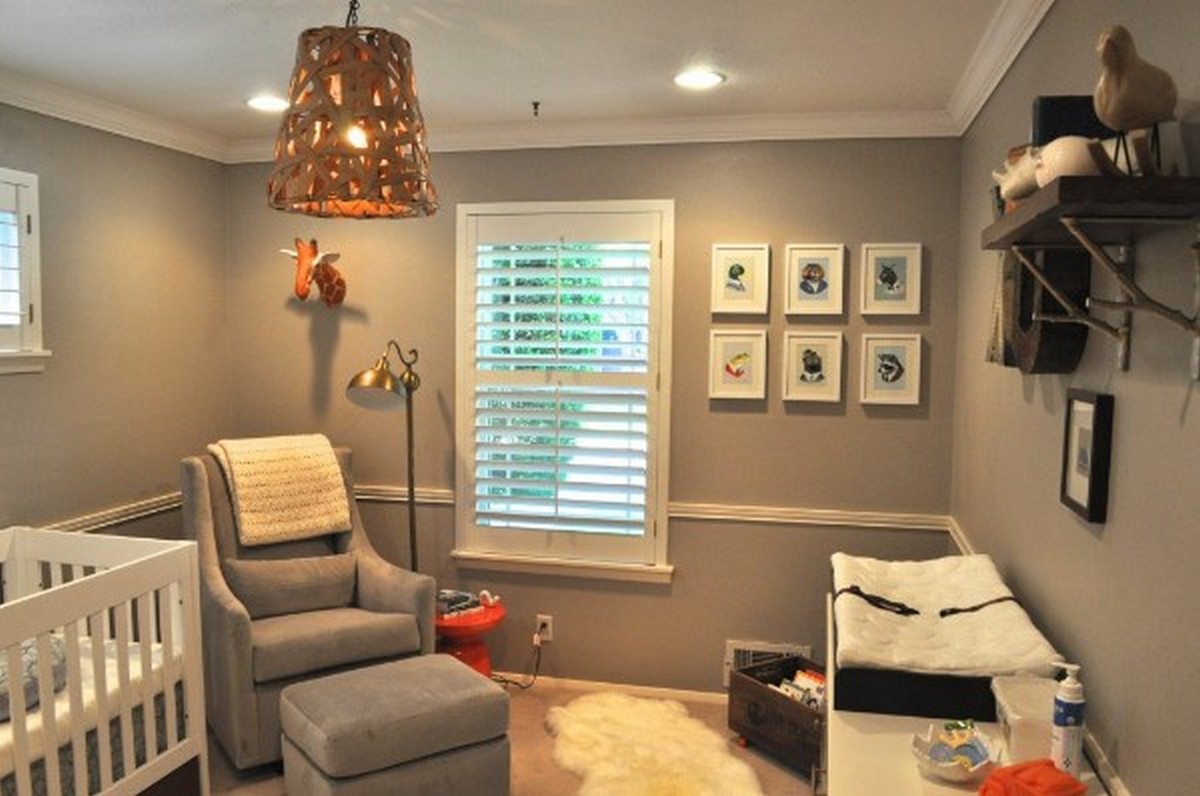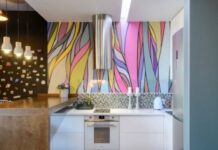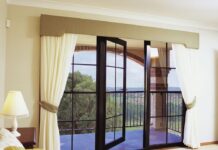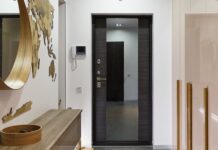In order for a child to grow up healthy and cheerful, you need to create comfortable conditions for him. At the same time, it is very important to properly organize the lighting in the children’s room. In this article, the specialists of the project suggest that you familiarize yourself with the principles of selection and location of lighting fixtures. A selection of photos with design examples has also been prepared. After devoting a few minutes to the article, you will be “savvy” in this matter. Happy reading!
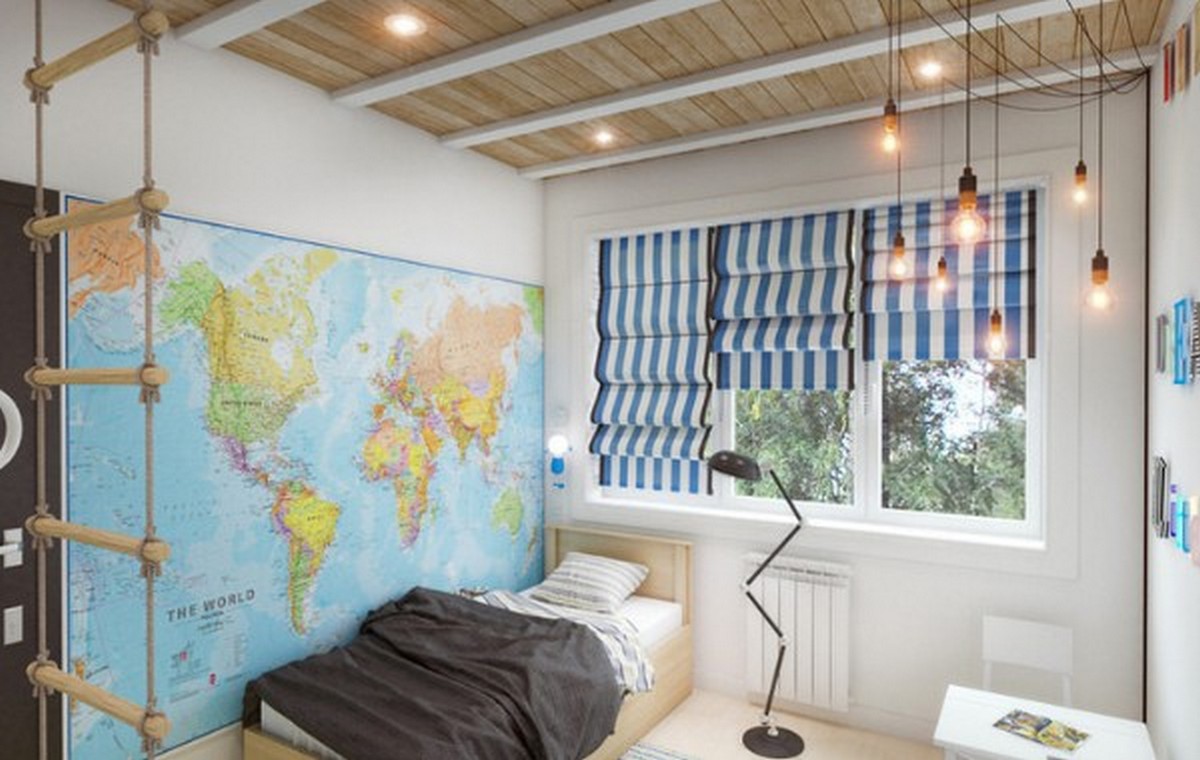

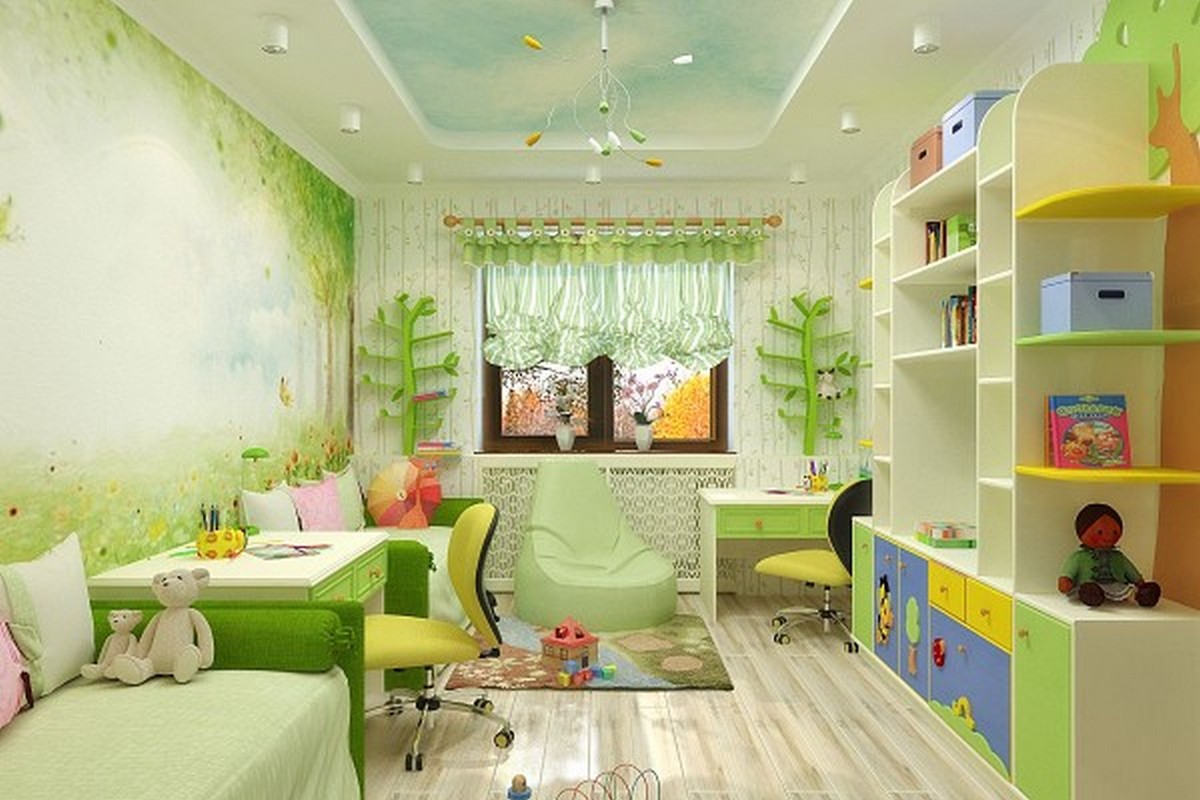

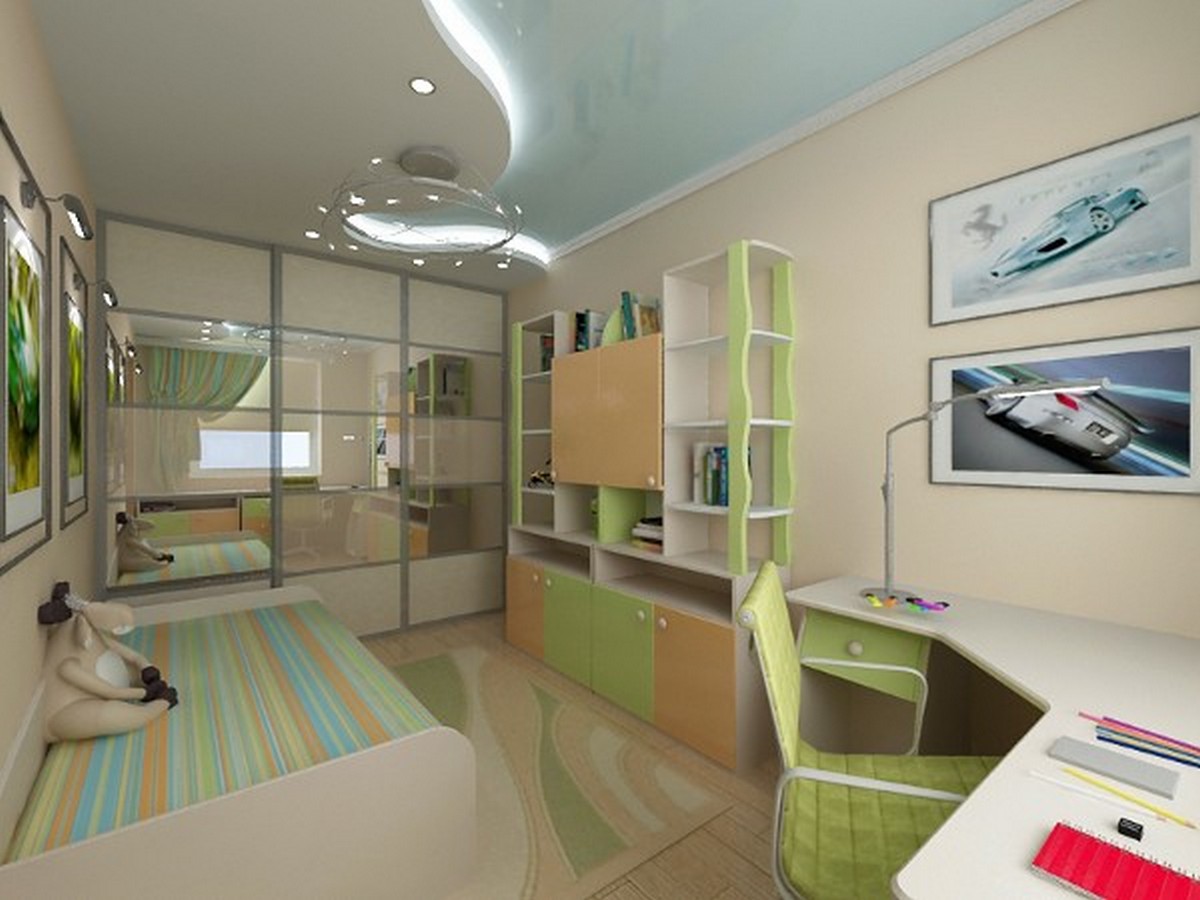
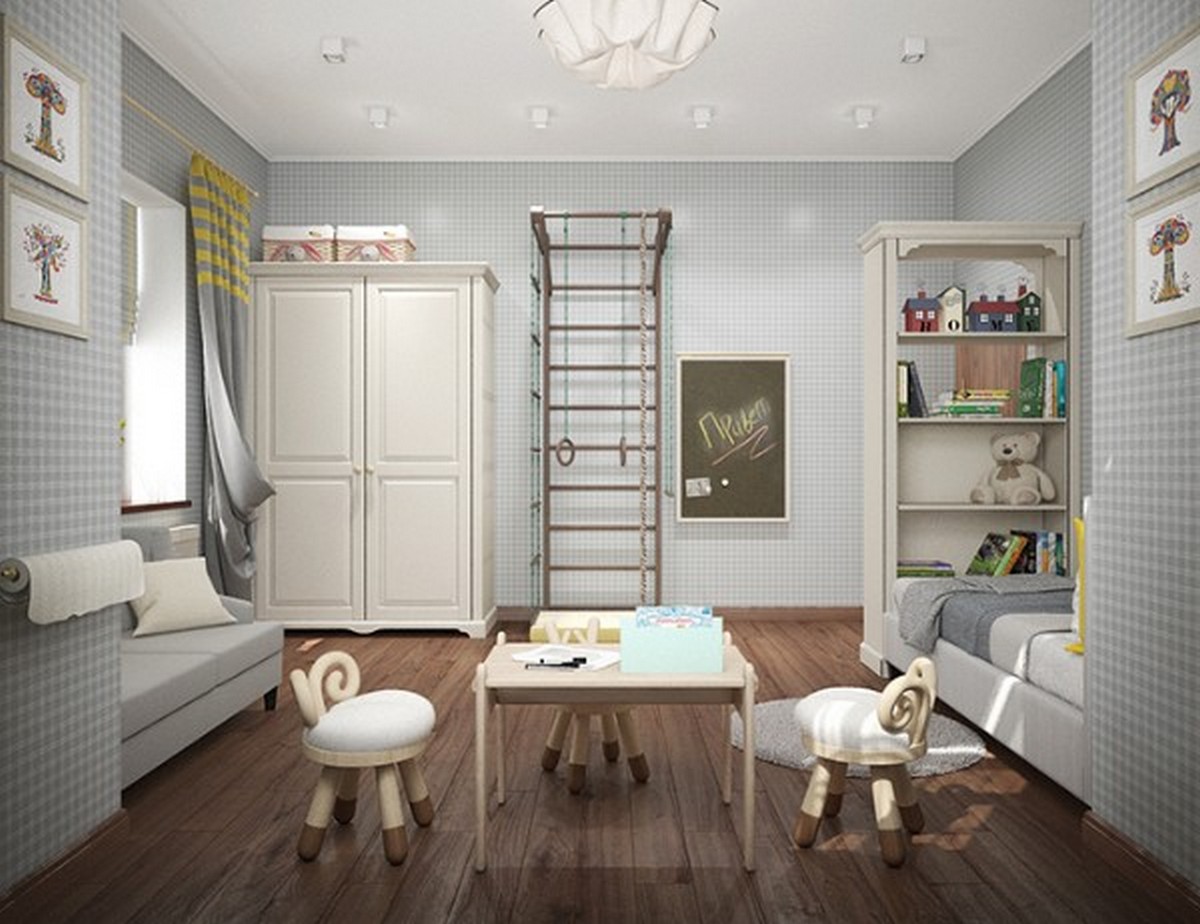
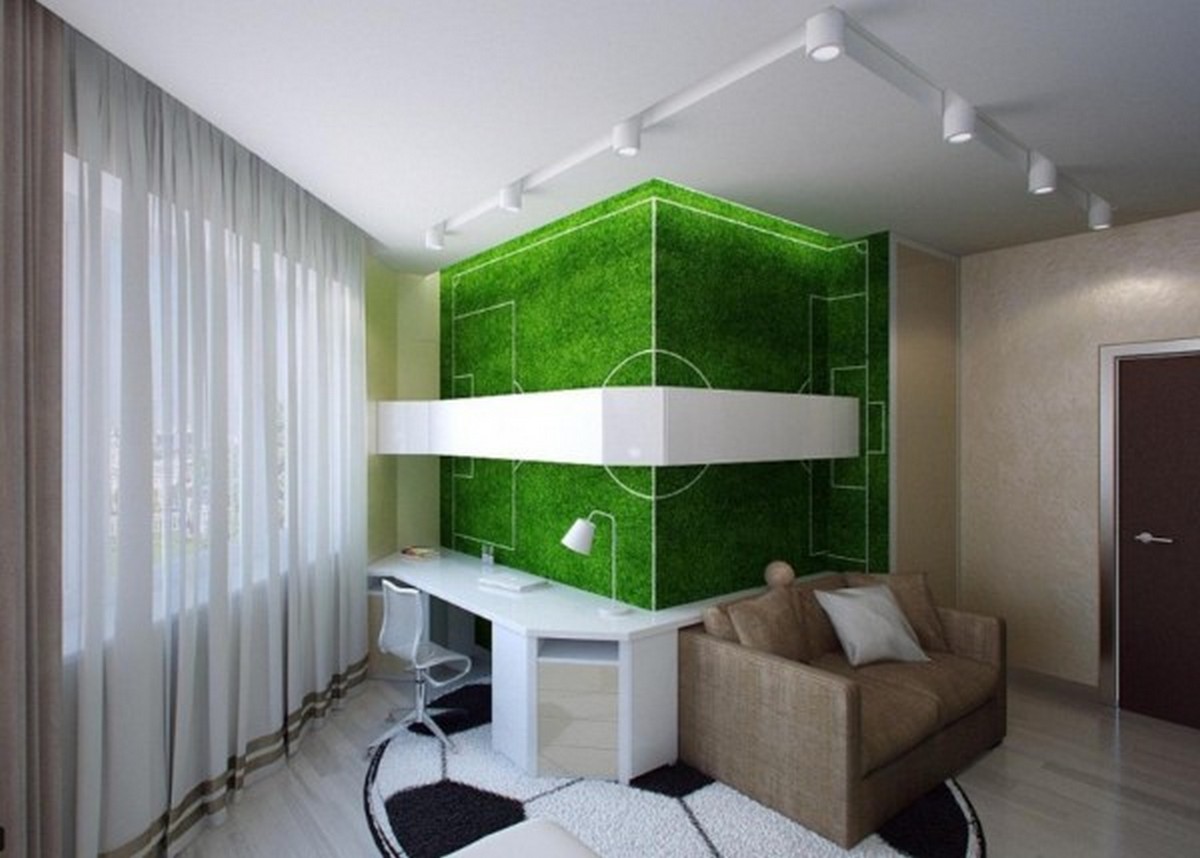
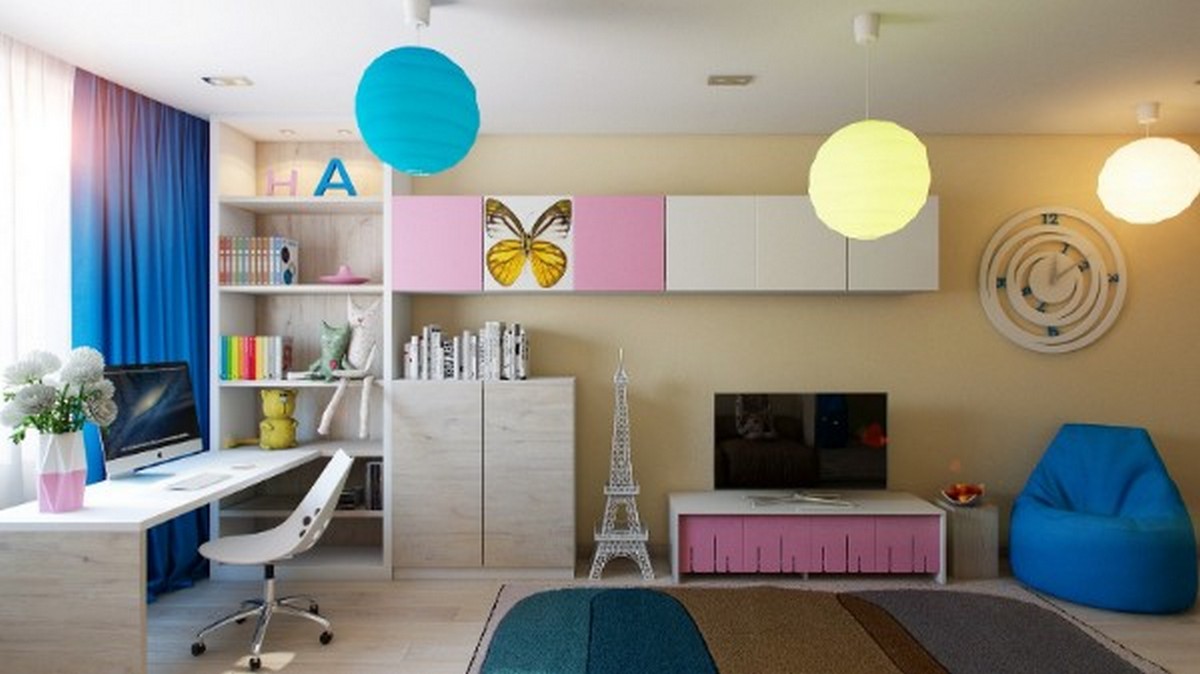
Children’s rooms with good natural light (+ photo)
There should be a sufficient amount of daylight in the nursery. This is a necessary condition for maintaining the vitality of the child and his good mood. It’s great if the windows face east or southeast. In this case, natural light will suffice. These photos show that the children’s rooms are flooded with light. And from this the whole interior looks cozier, happier.
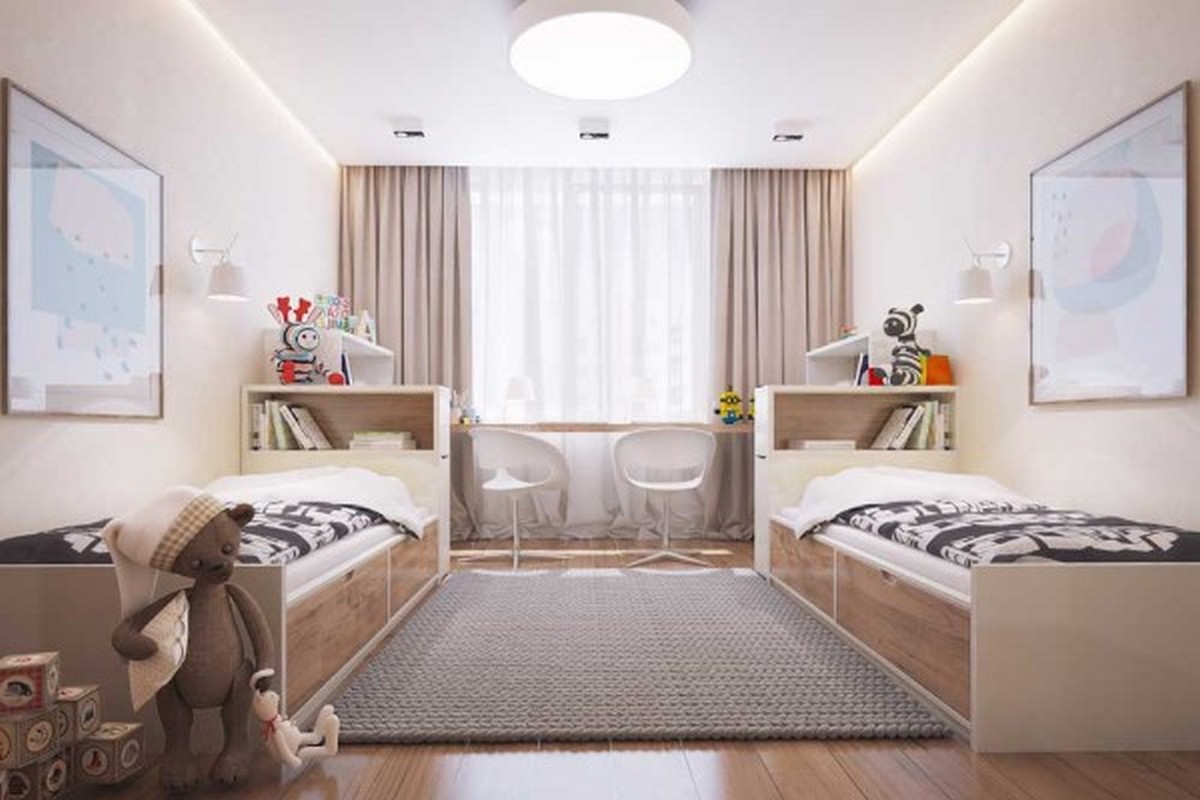
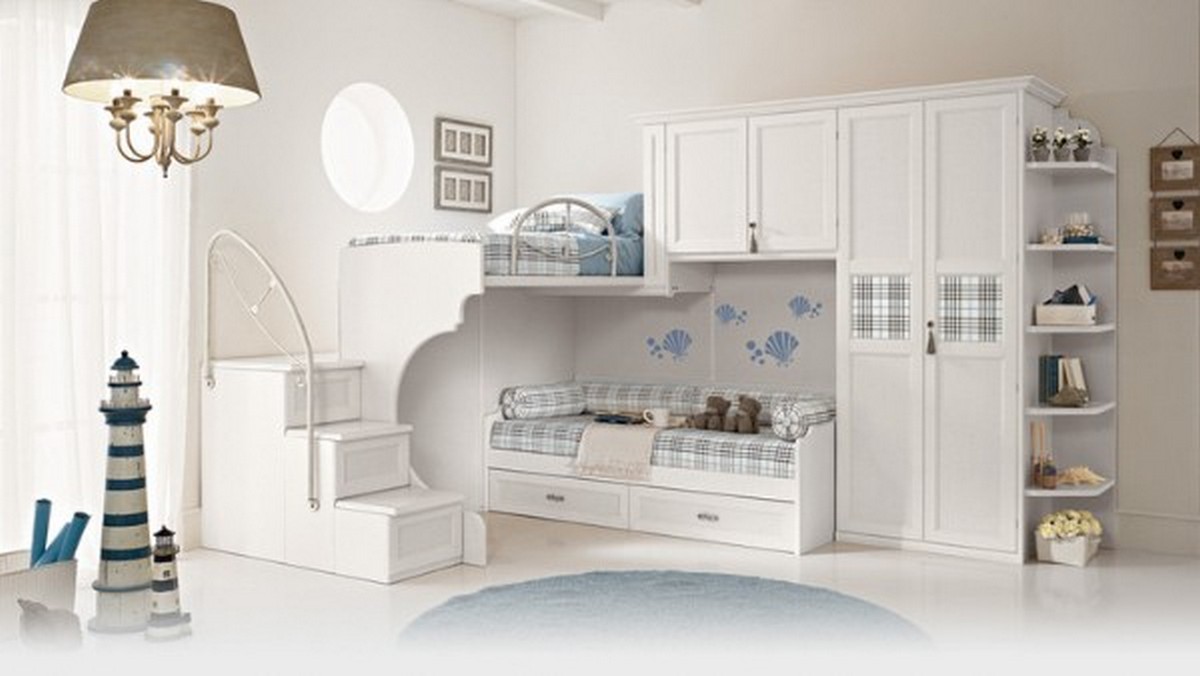

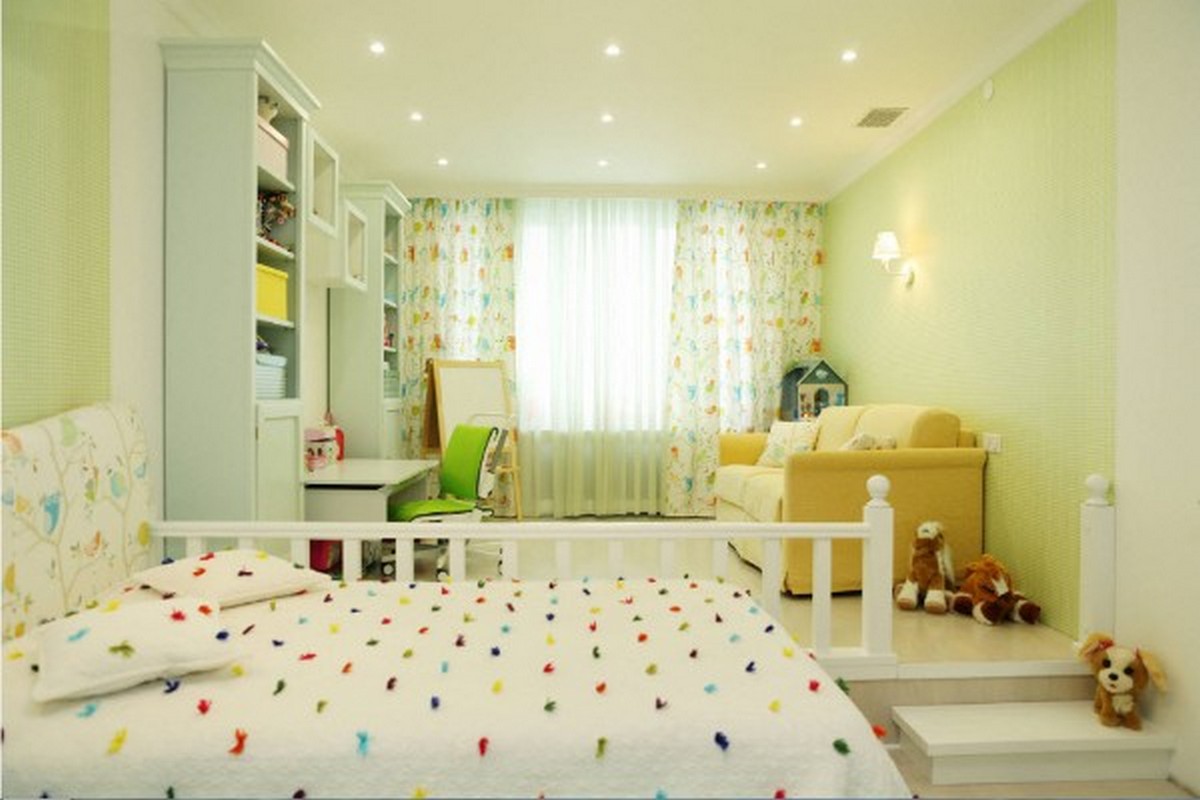
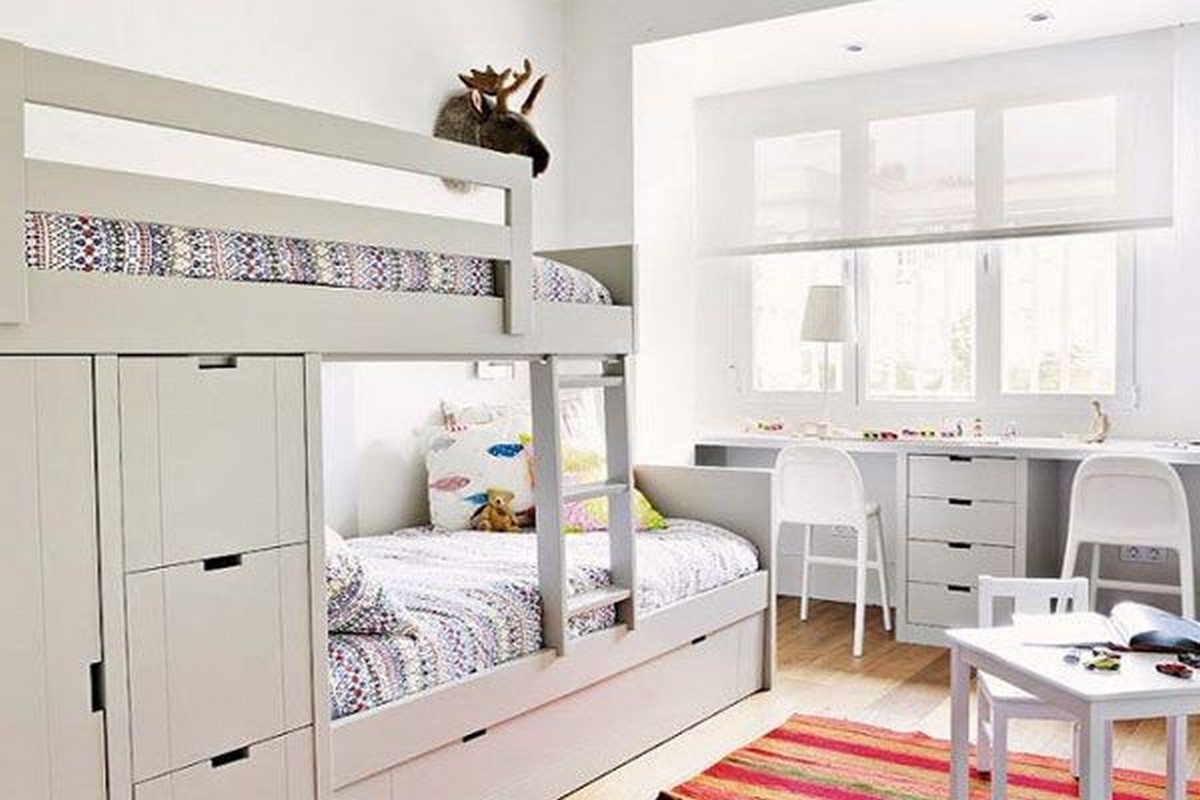
However, it is not always possible to take the brightest room for the nursery. Especially in a small apartment with west-facing windows. If you do not take action, the nursery will turn out to be rather dull. There will be little sunlight in the morning. And in the evening, heat will penetrate through the windows (in the summer).
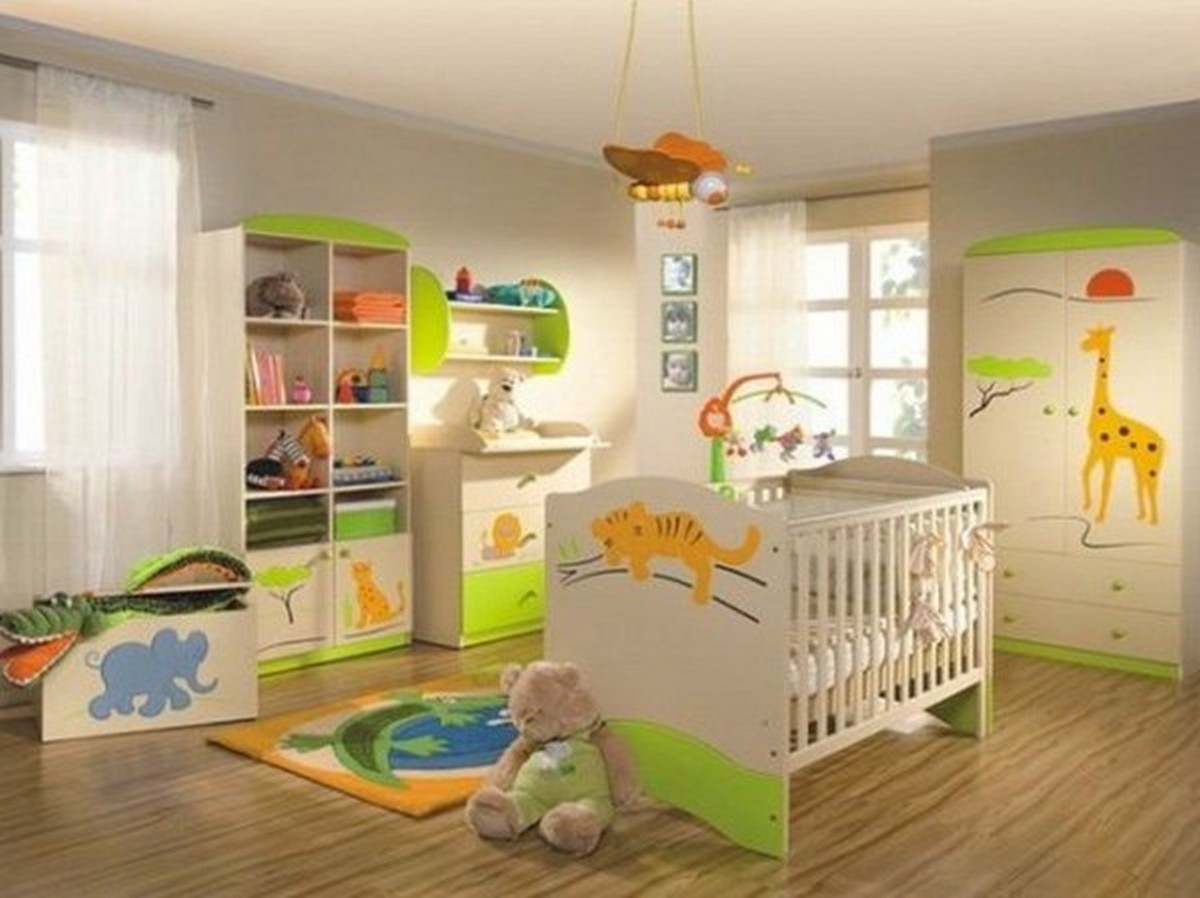
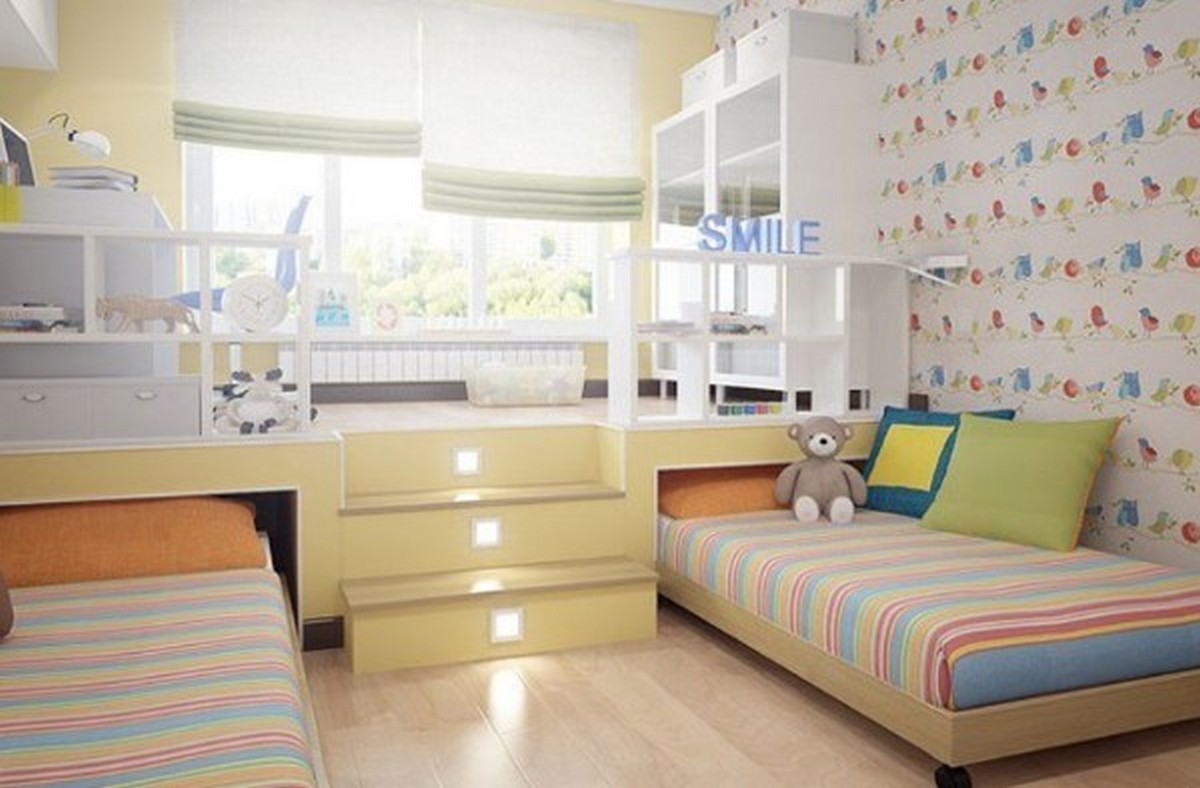
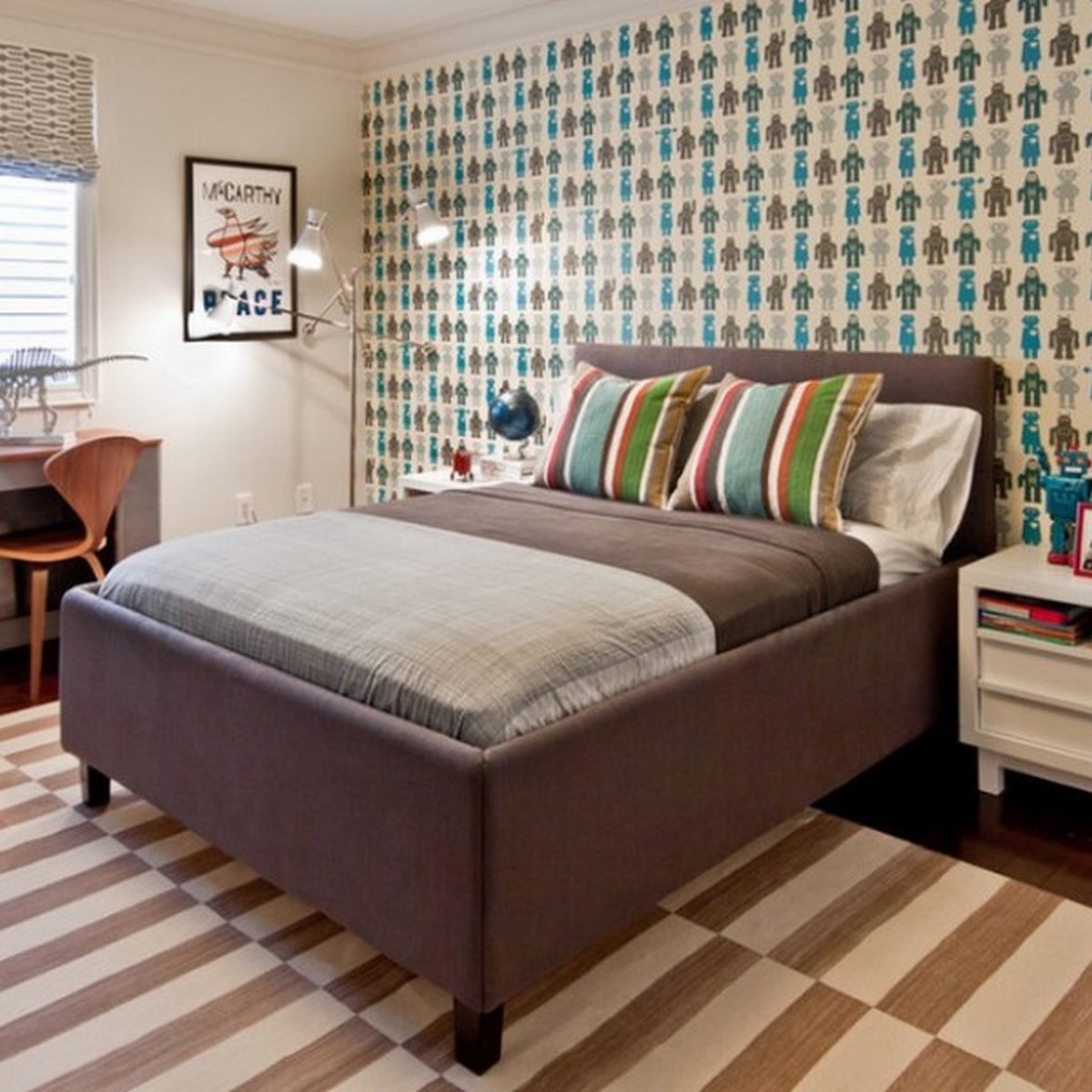

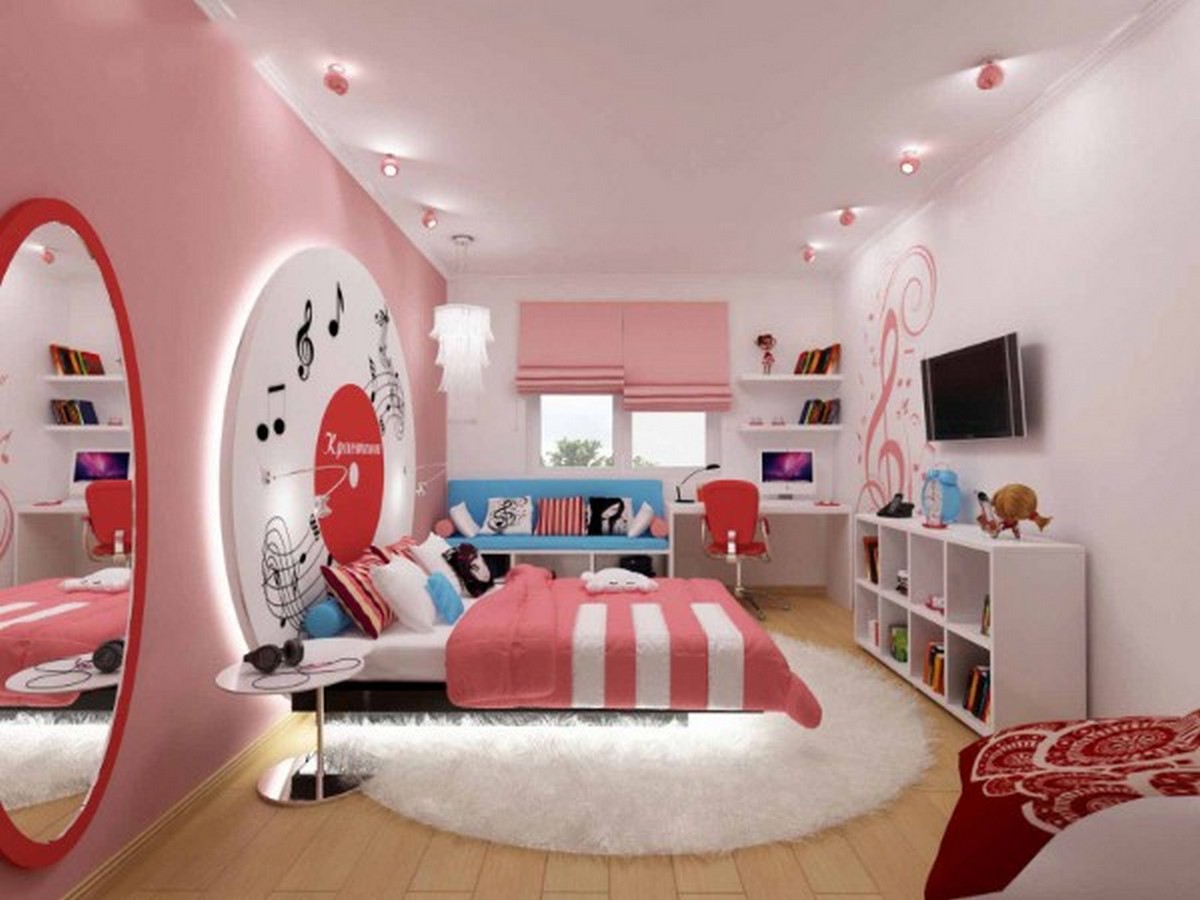
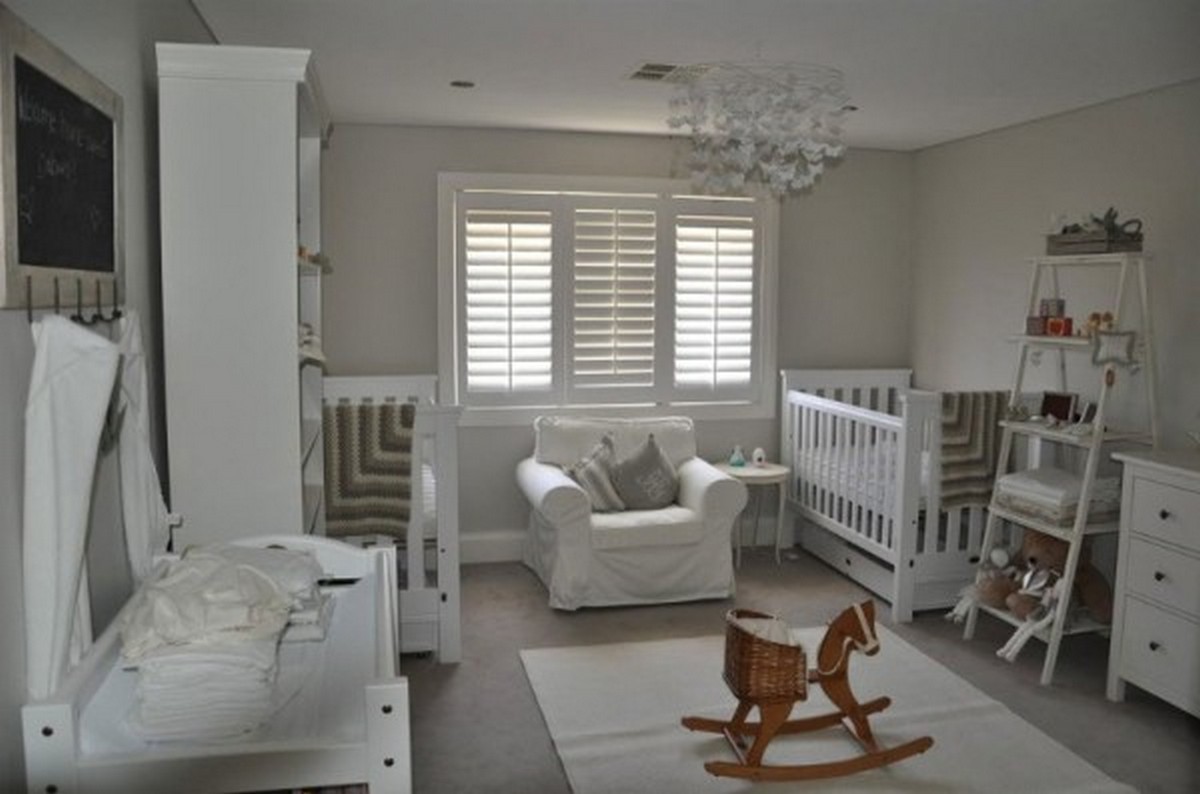
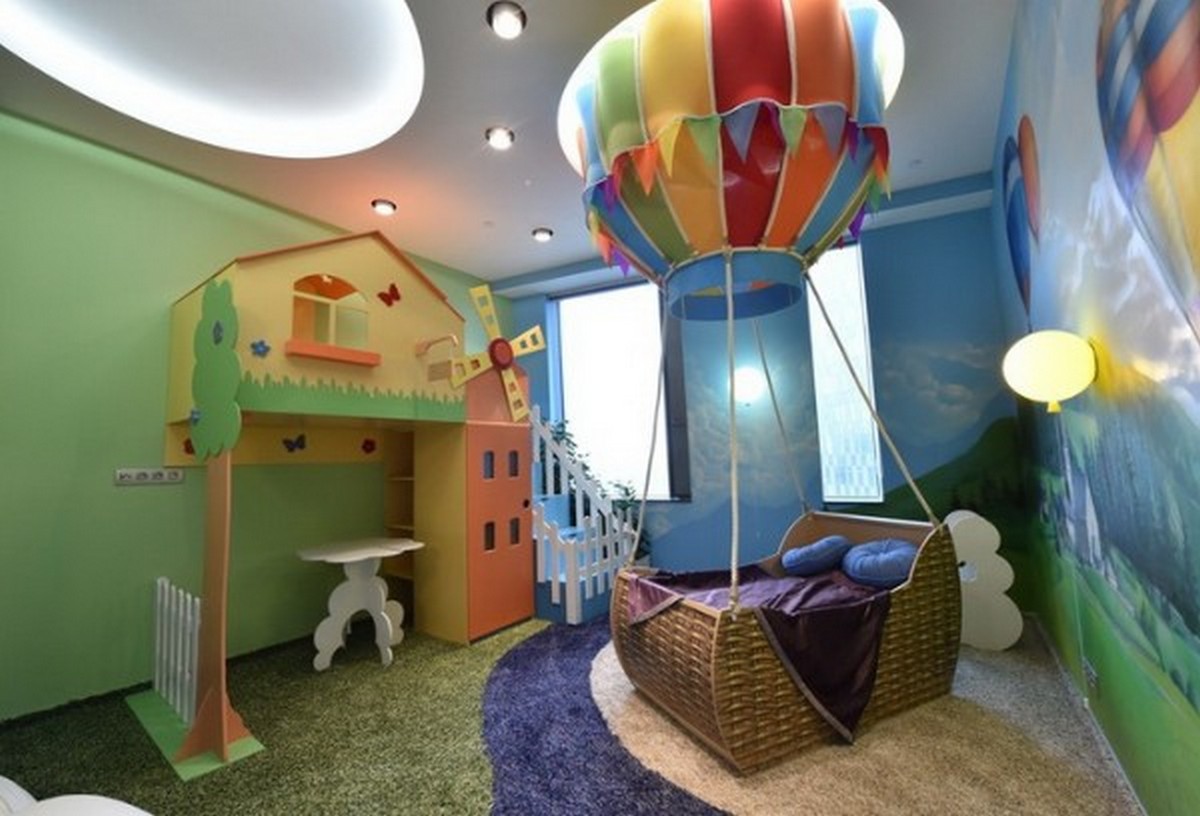
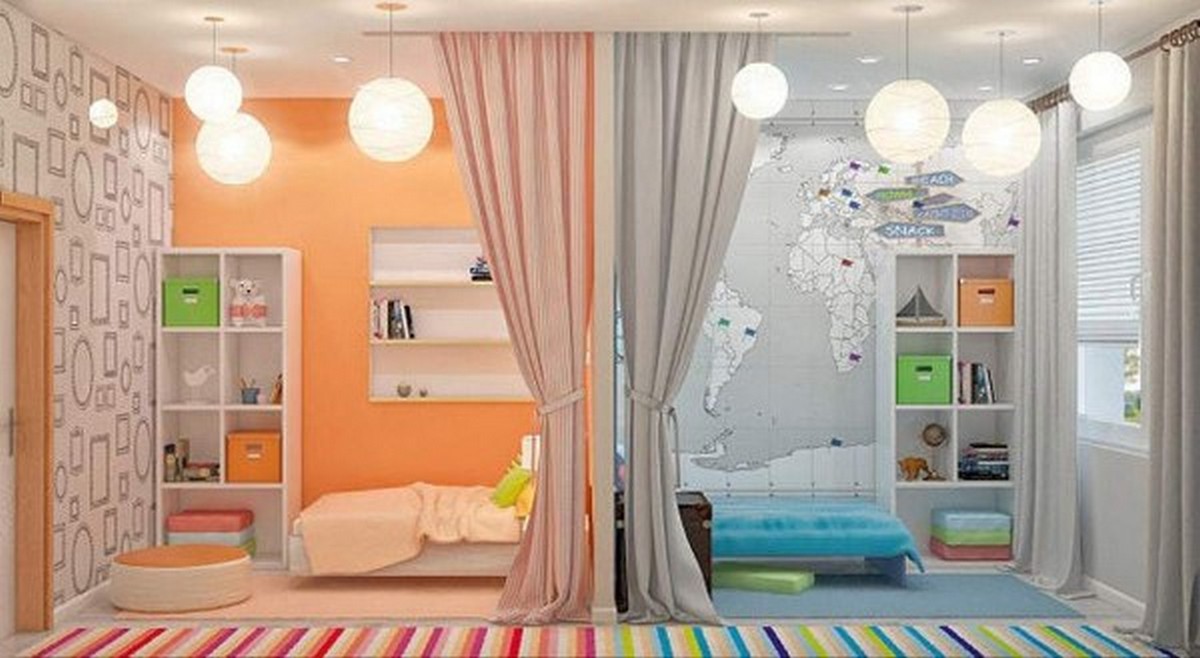
What to do, you ask? It’s simple – you need to think about artificial lighting. By correctly placing the lamps, you can fill the nursery with the right amount of light.
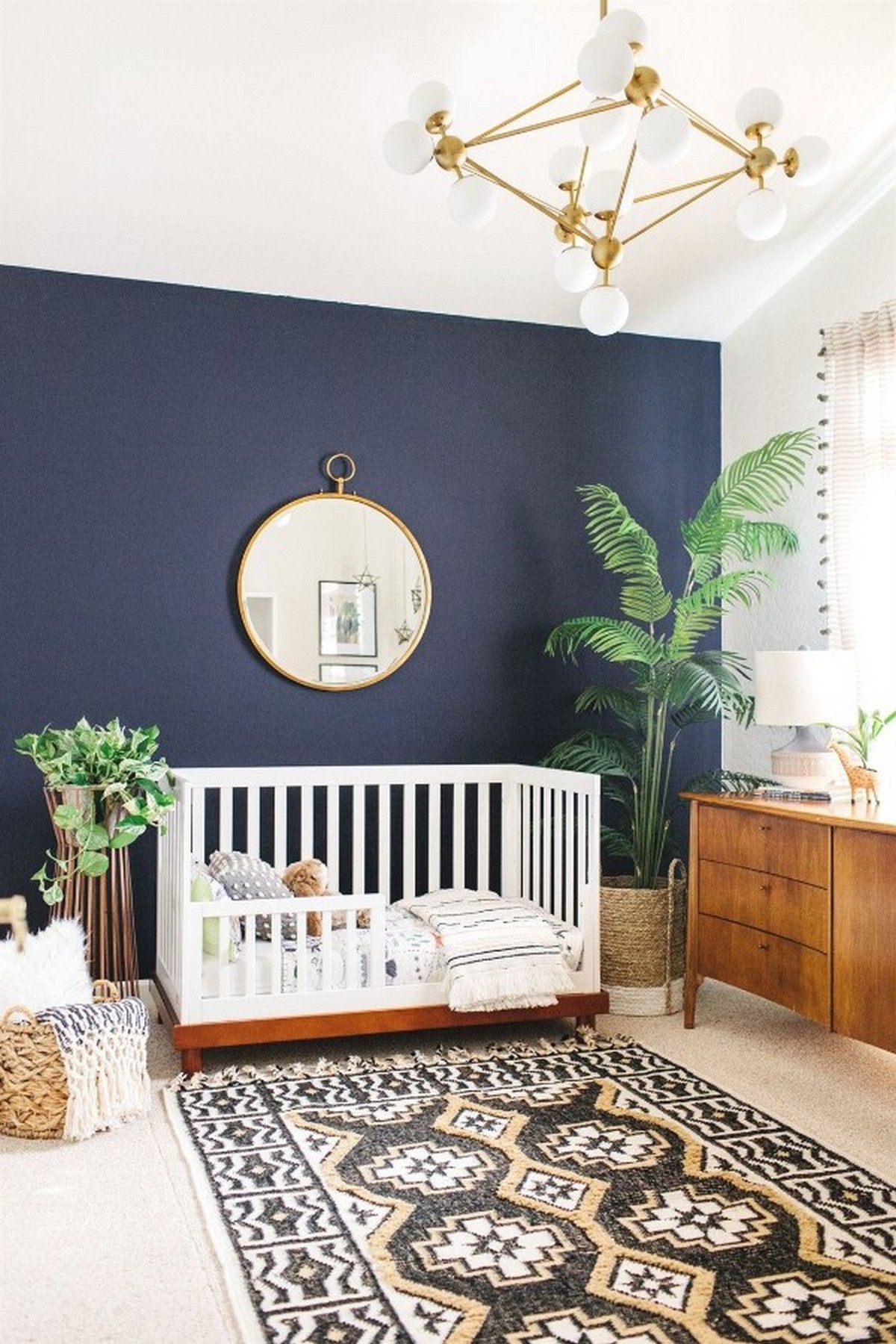
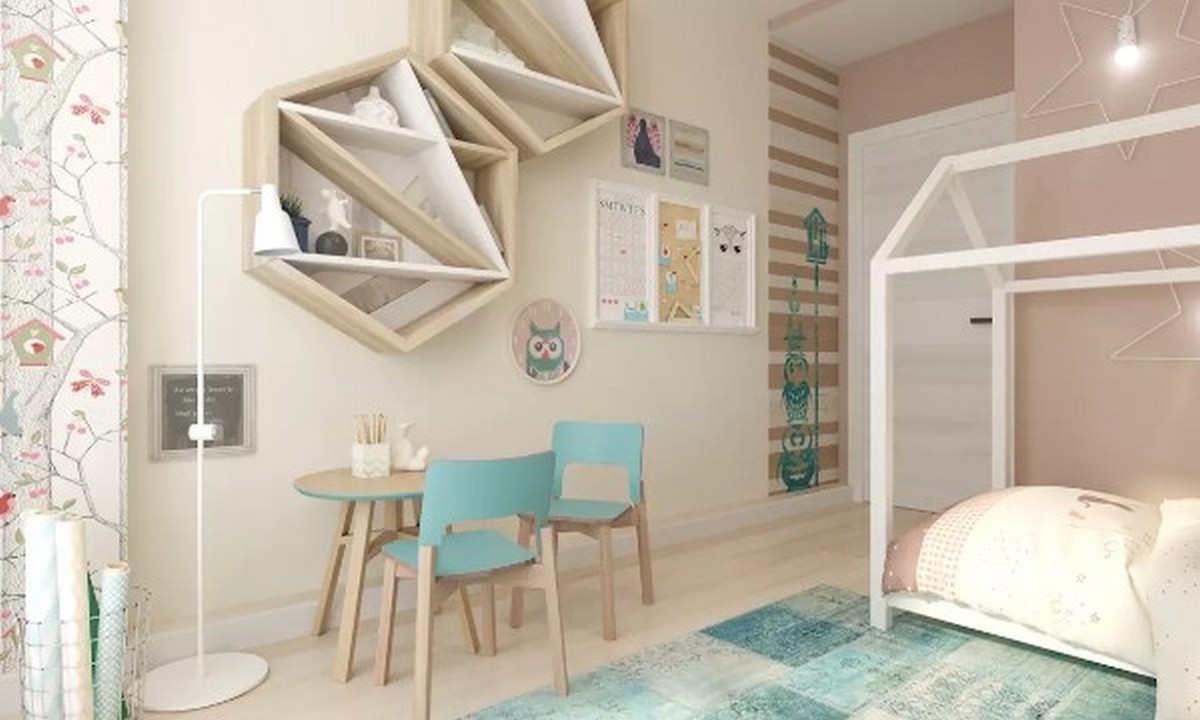
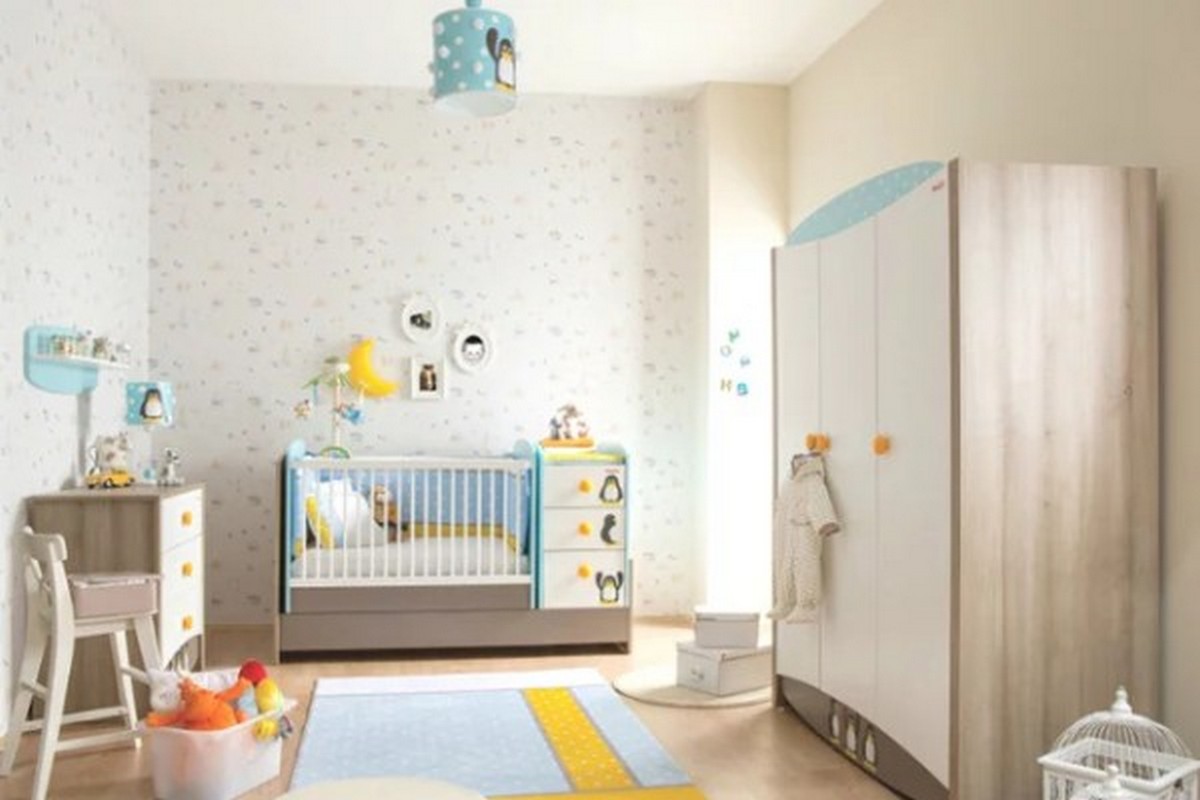
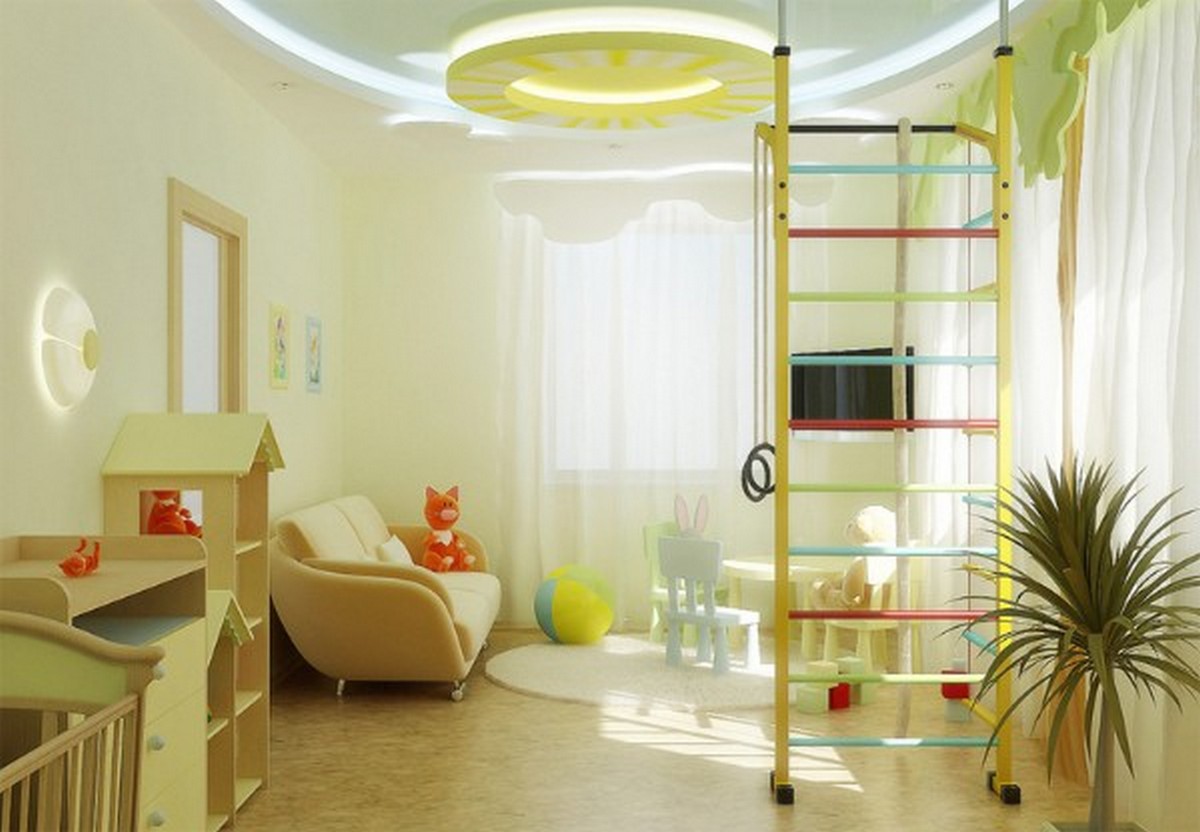
How to organize artificial lighting in a children’s room – 5 principles
A competent approach to the issue of lighting in the children’s room is the key to its successful solution. It is necessary to take into account the location:
- Bed;
- workplace;
- play area.
The main rule is that the light should be pleasing to the eye. If it is too bright or, conversely, dim, the child will experience discomfort in psycho-emotional terms. And these are the prerequisites for vision problems in the future.
Consider the location of the lighting fixtures so that the light evenly fills the room. Try to avoid the formation of darkened areas and contrasting transitions.
The central chandelier can act as the main light source in the children’s room. Be sure to need a table lamp in the workplace. As light accents, you can use built-in spots both on the ceiling and on the walls, in the floor.
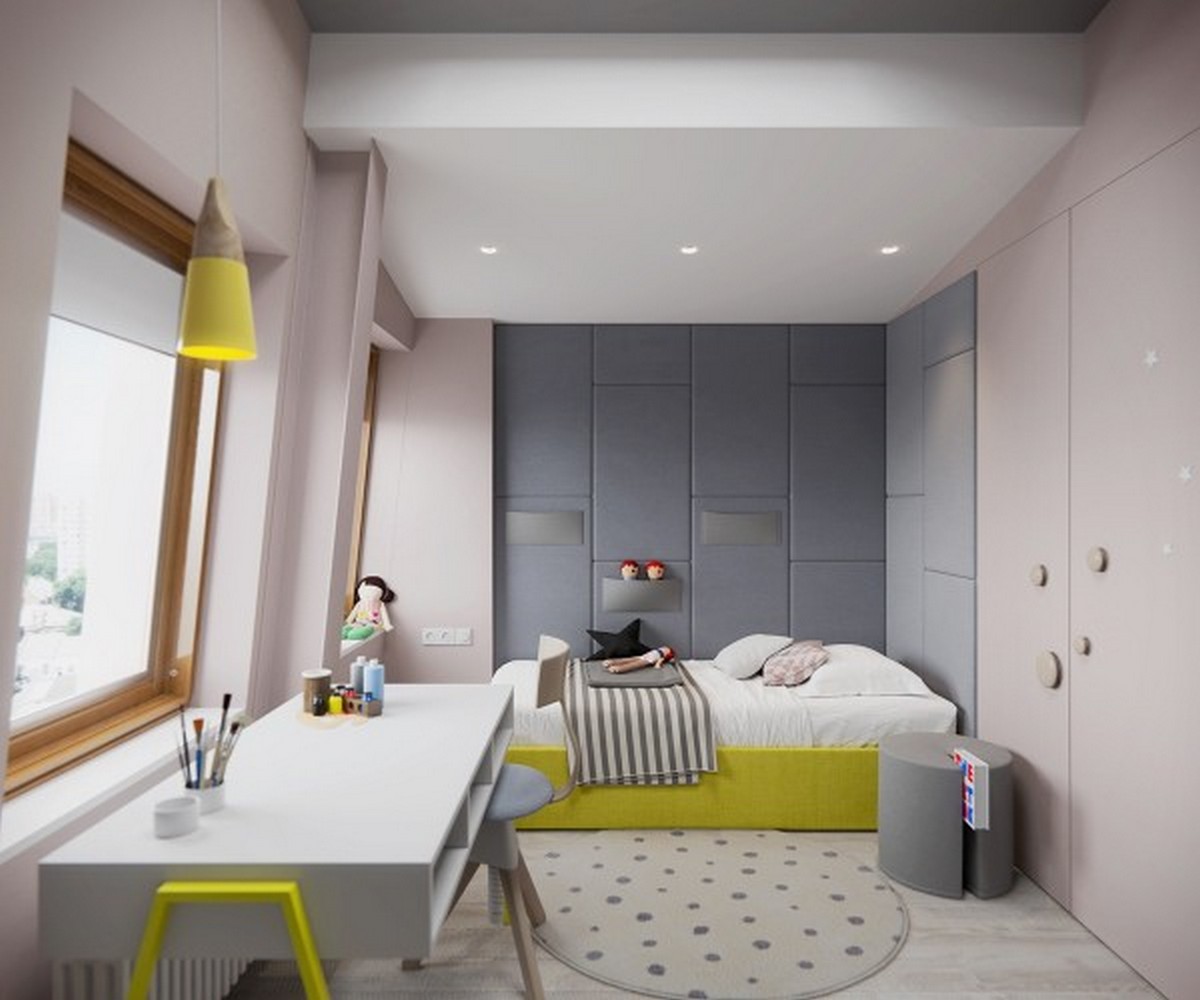
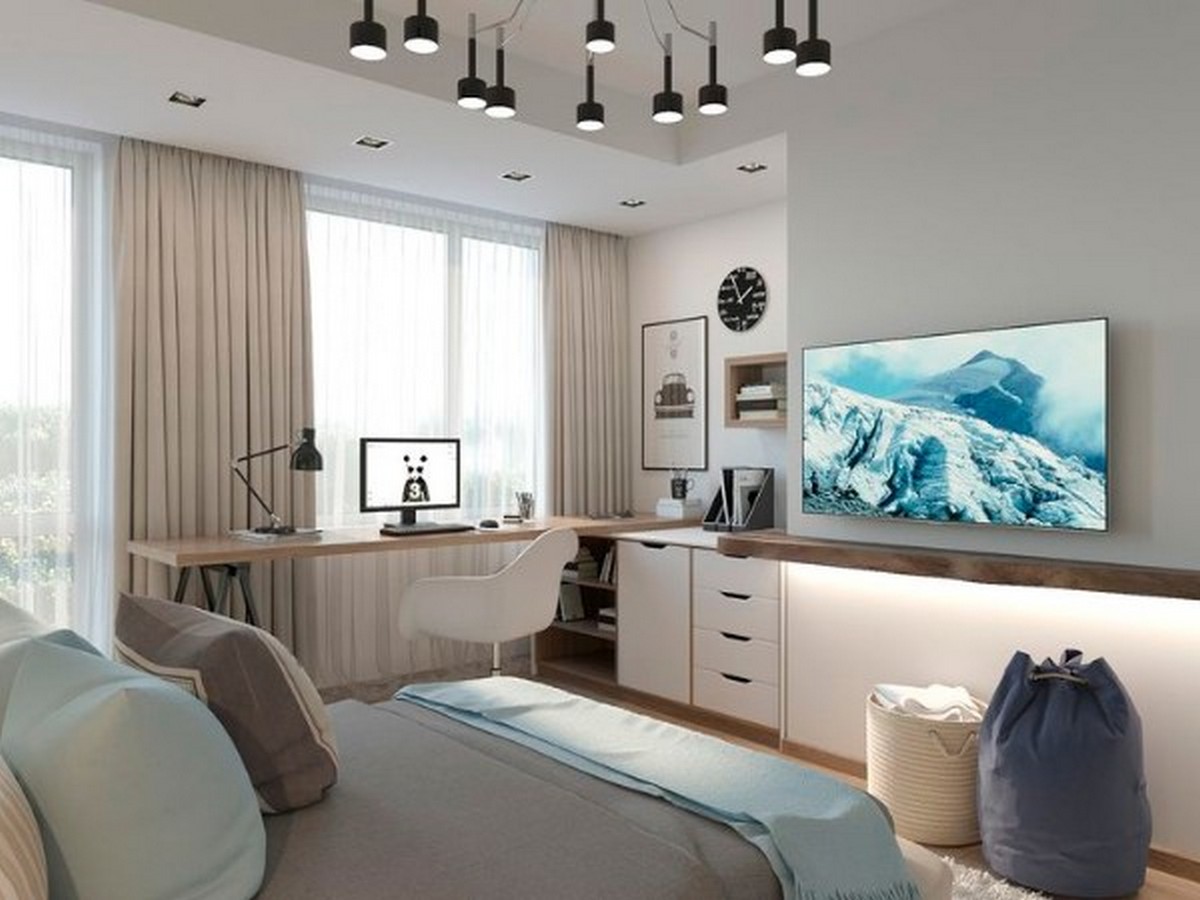
Here is a good example of the organization of additional lighting. Spotlights are built into the shelves.

Dekorin designers advise you to adhere to the following principles when organizing lighting:
- Install dimmers. This will allow the child to adjust the brightness of the lighting as desired.
- It is very important to consider at what time of day the child learns lessons. If during the day, then place the desk so that sunlight falls on the notebooks and textbooks on the left. If the child does the main work in the evening, then the table can be set as you like. But, again, mount the table lamp on the wall or on the table on the left side.
- Lighting in the nursery should be diverse. Various sconces, floor lamps, table lamps will not be superfluous. However, avoid lamps that produce a greenish, pale blue, or dazzling white light. It is possible – devices with a warm type of glow. It is a nice soft light (yellow).
- Use the garland as a decorative element. Place it by the window or by the bed to fill the nursery with special comfort in the evening hours. It is also a great alternative to the night light.
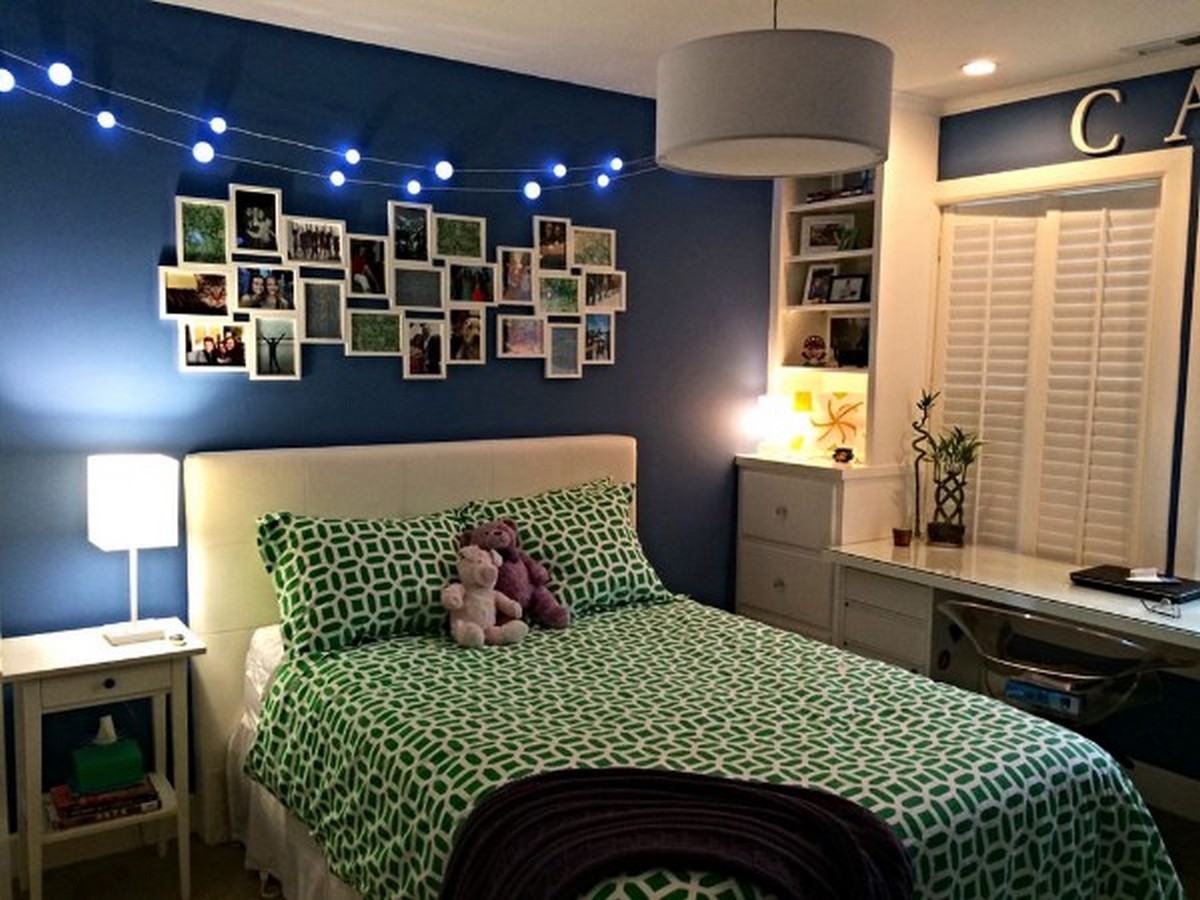
5. Teach your child from childhood to take care of eye health. Make sure that the baby does not draw with the table lamp turned off. Say that you can’t bend low over the table. As a rule, non-compliance with such basic things leads to serious problems.
Lighting of the children’s room: generally accepted standards
As mentioned above, the lighting in the nursery should be made uniform. Do not allow the incident rays of light to “hit” the eyes. It spoils the eyesight. Therefore, when arranging a nursery, it is advisable to avoid varnished and glossy surfaces that reflect light fluxes.
Spot spots scatter light perfectly.
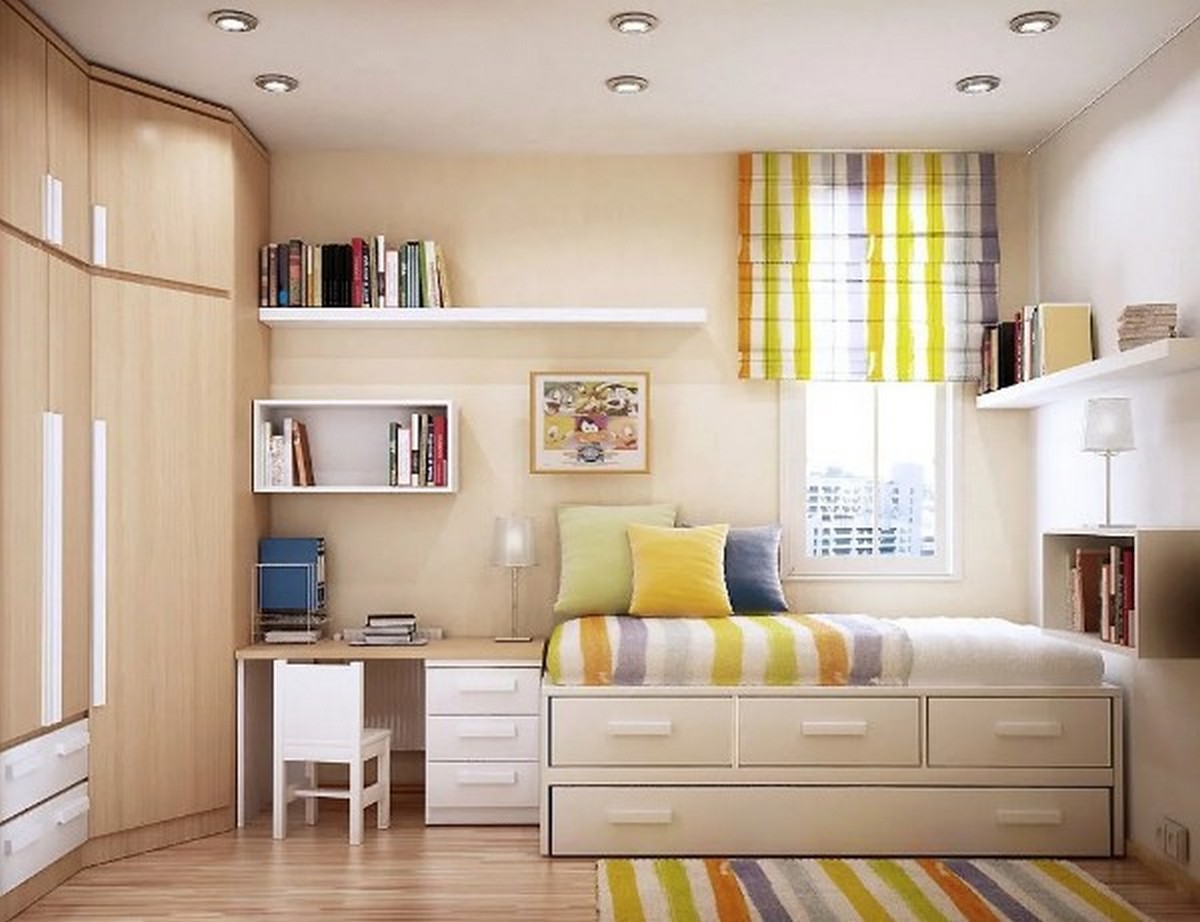
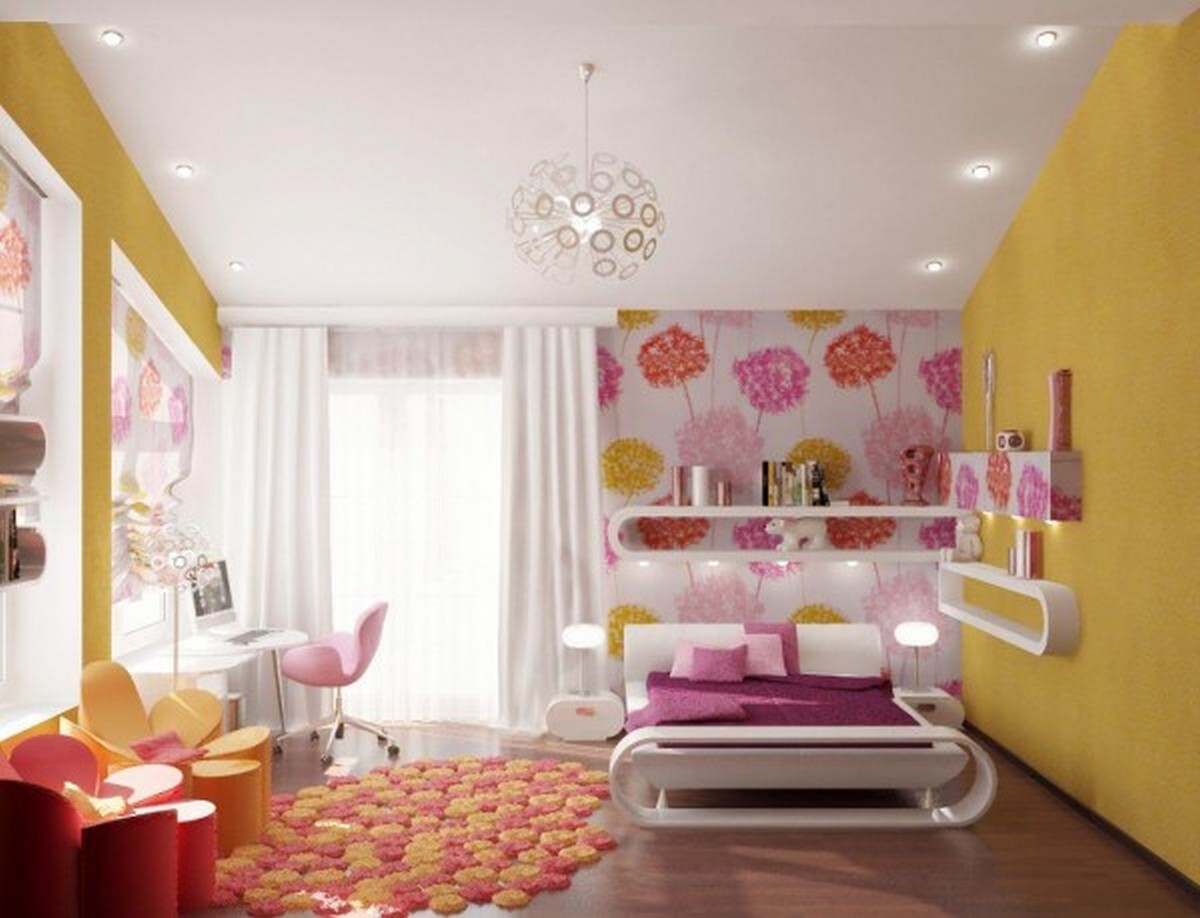
Here, by the way, is an interesting from about how to place spotlights on a stretch ceiling.
The second point is the power of electrical appliances. If you plan to use incandescent lamps for lighting in the children’s room, then 60 watts is enough. For energy-saving ones, the norms are several times less. But the power of LED lamps should not exceed 6 watts.
Test the appliance before using it in the nursery. Do not use flickering lamps. Micropulsations may be invisible to the eye, but the harm from them is unequivocal.

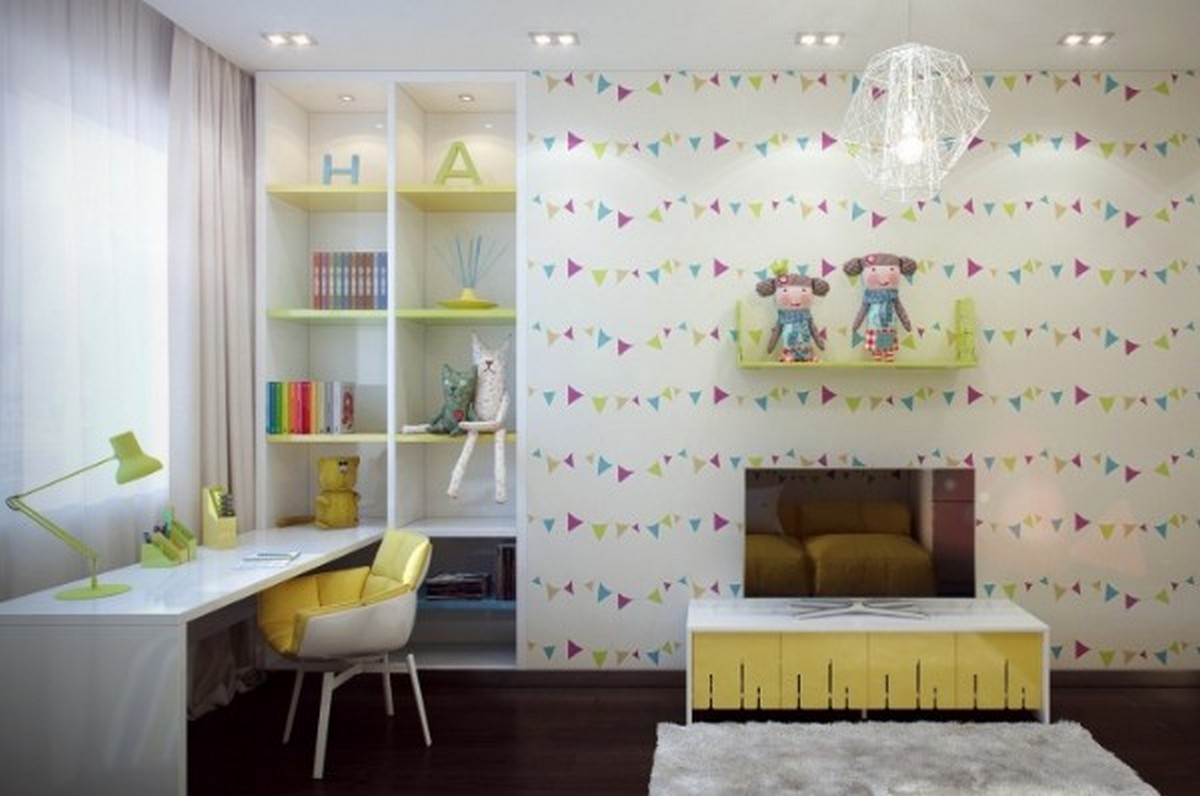
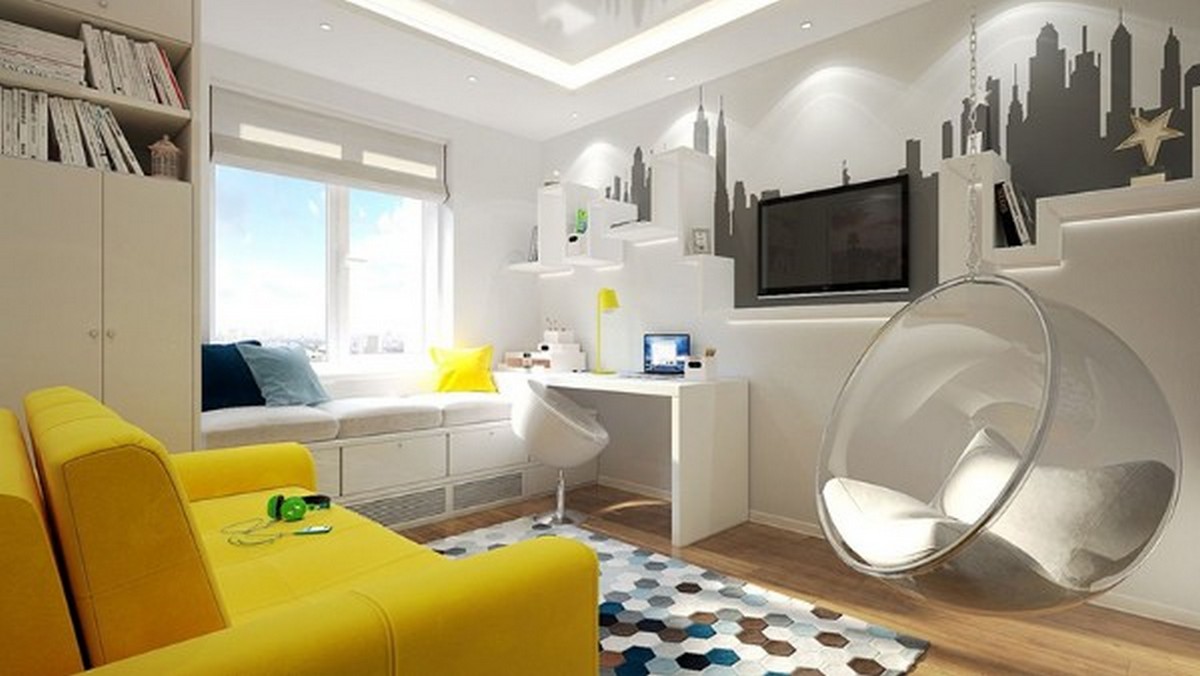
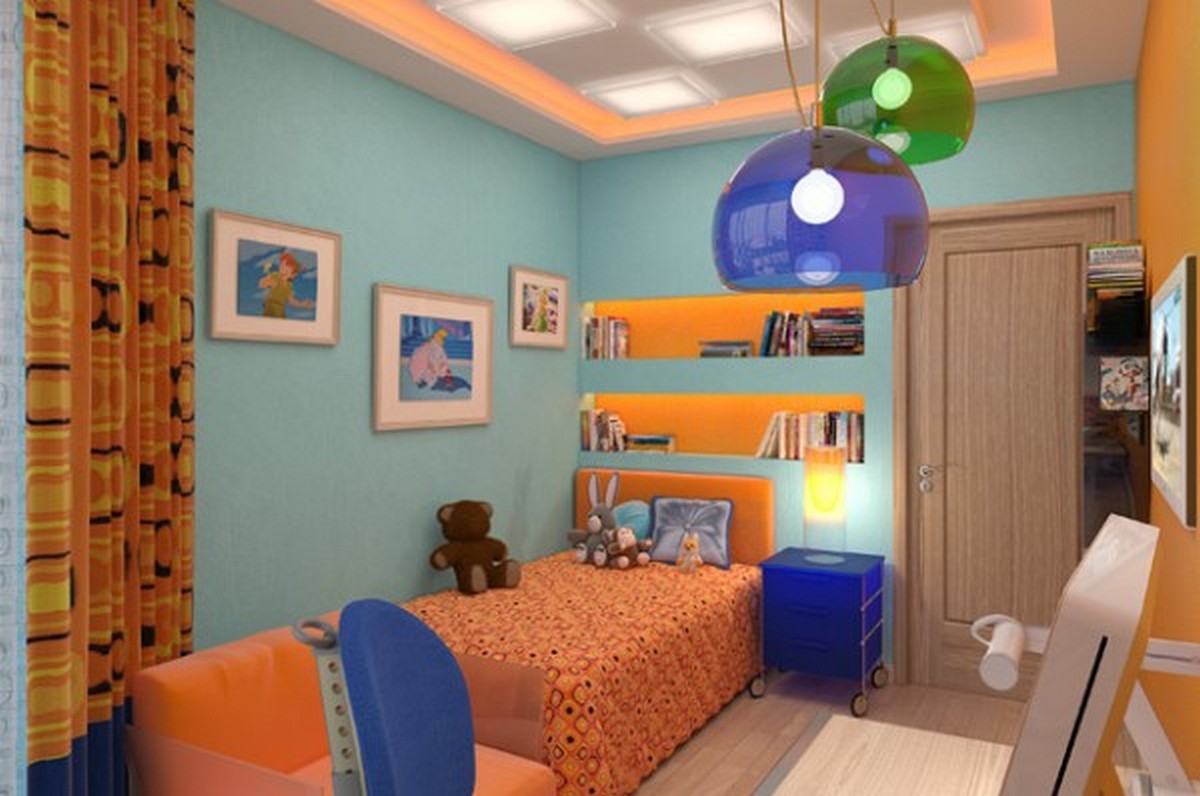
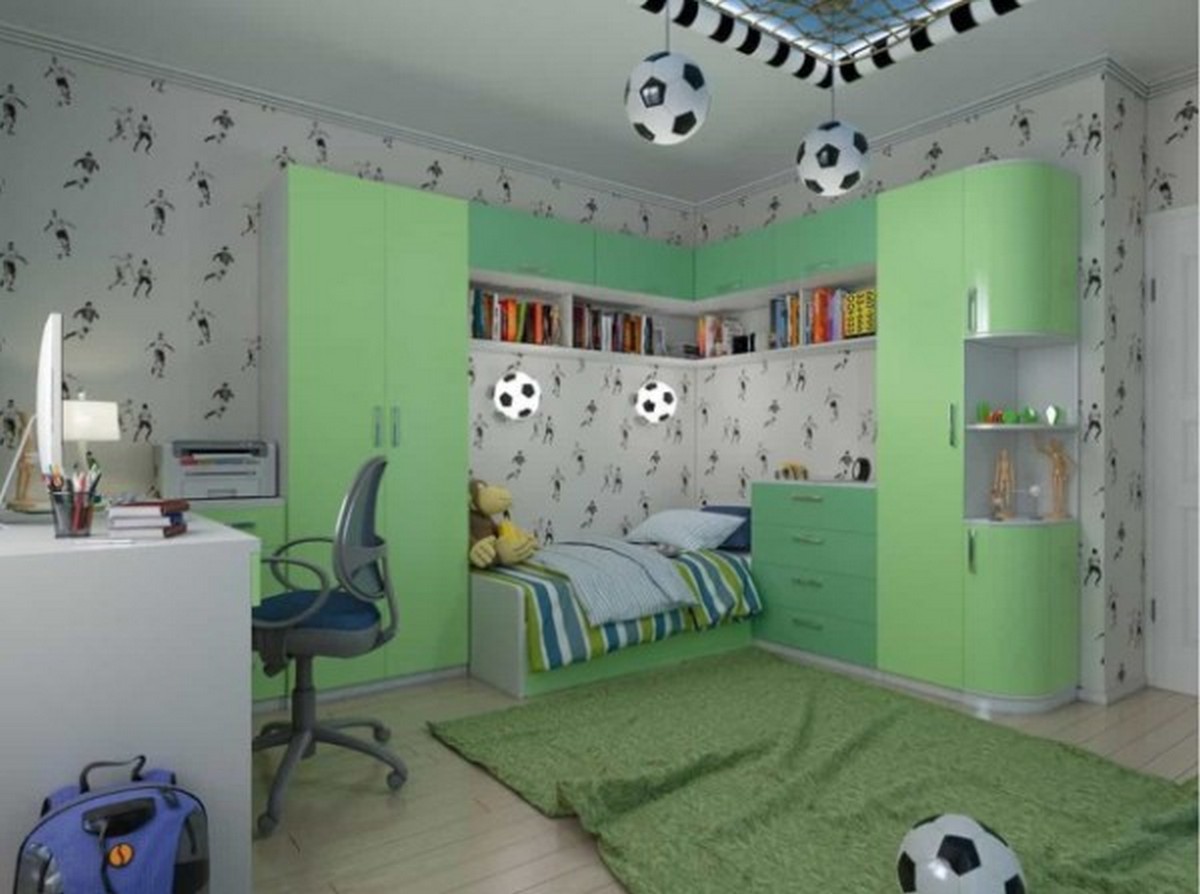
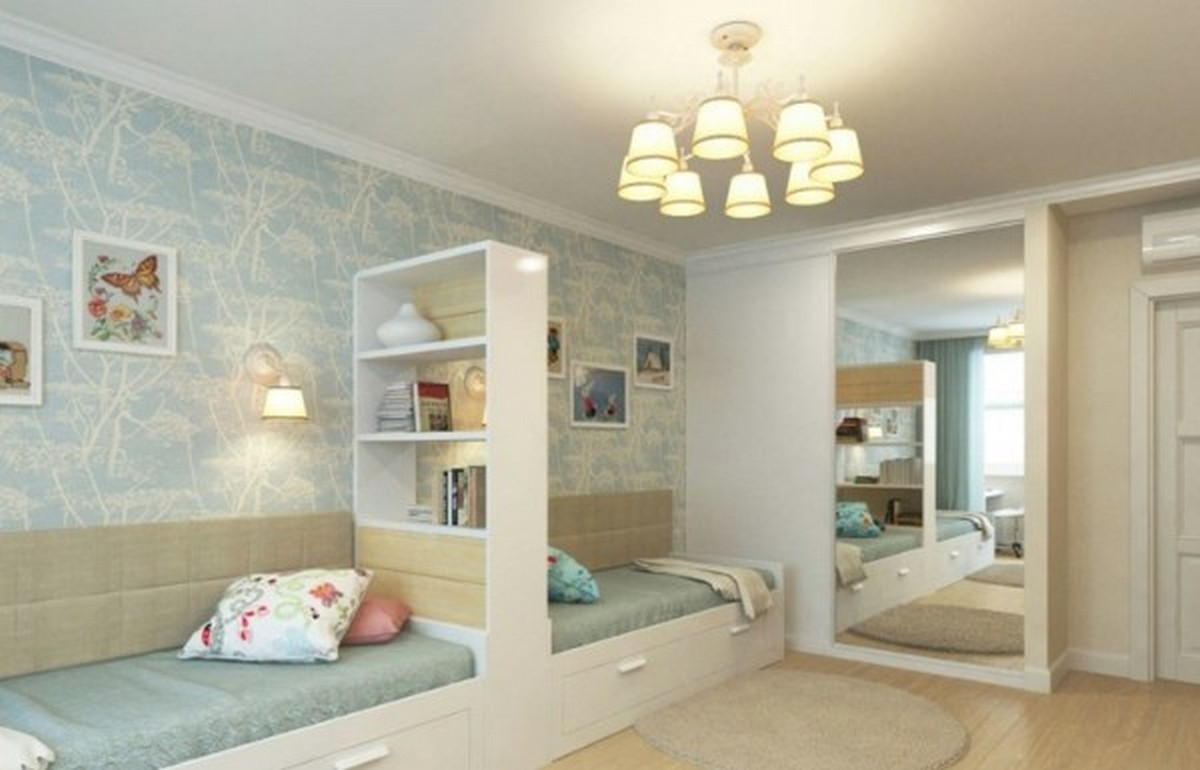
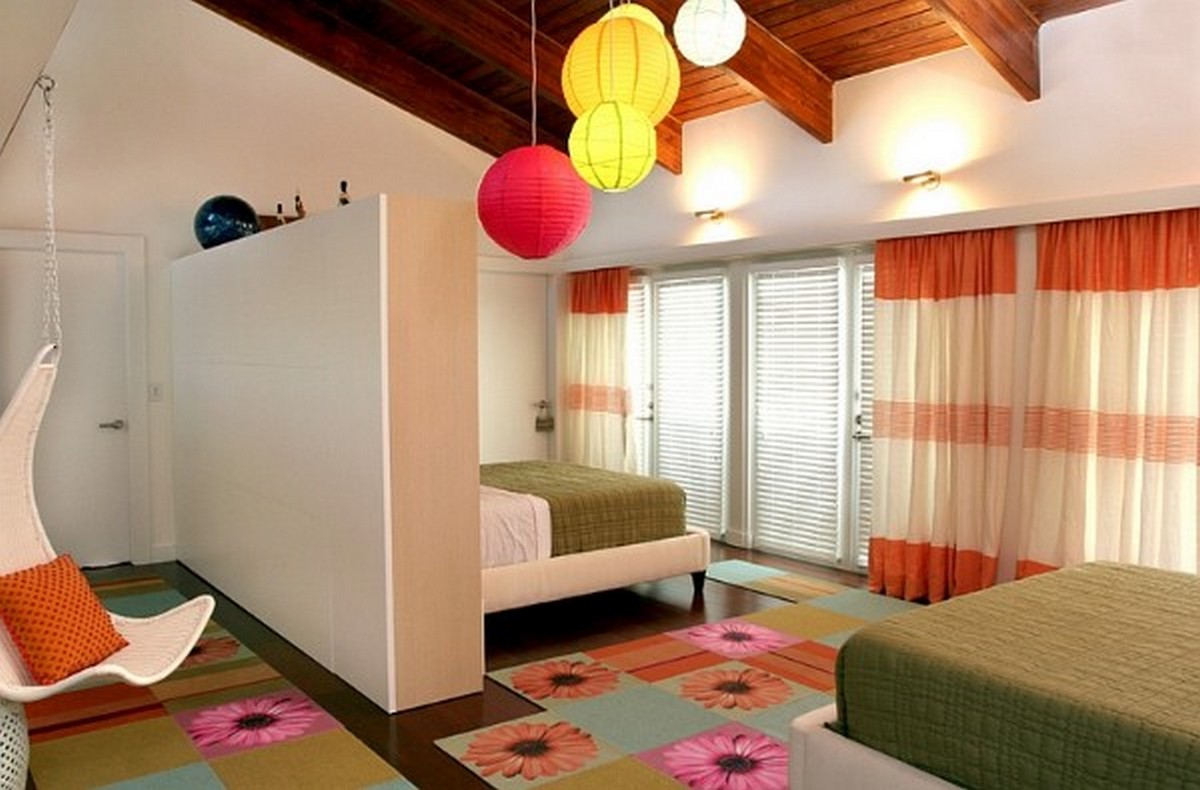
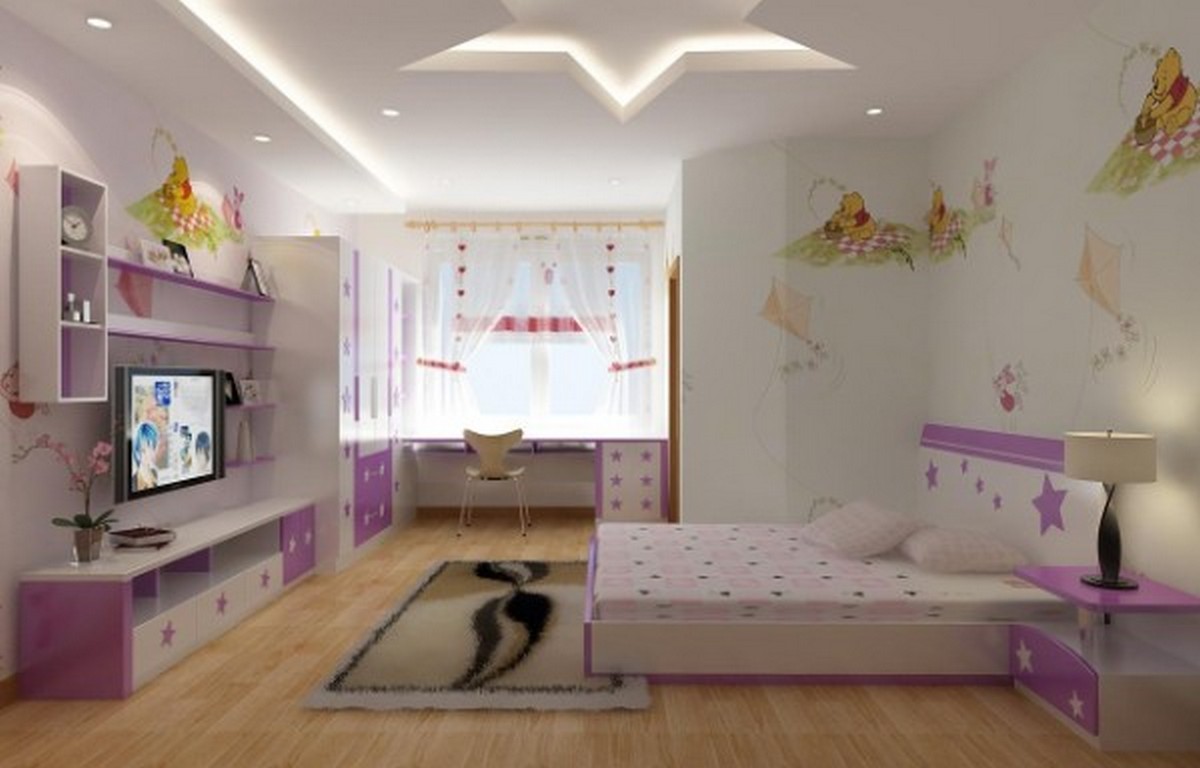
Look for lamps with a yellow glow type. The spectral composition should be as close as possible to the characteristics of natural light. The blue-blue range overloads the child’s psyche.
Lighting in the nursery – is it possible to do without a chandelier?
Using a chandelier for lighting in the nursery is in two cases.
First: a child at an age when prohibitions only push to conduct “experiments” with electrical appliances. The crumbs simply will not get to the chandelier.
The second point is the style of the room. Country, classic, high-tech – in some interiors of children’s chandelier and “asks”.
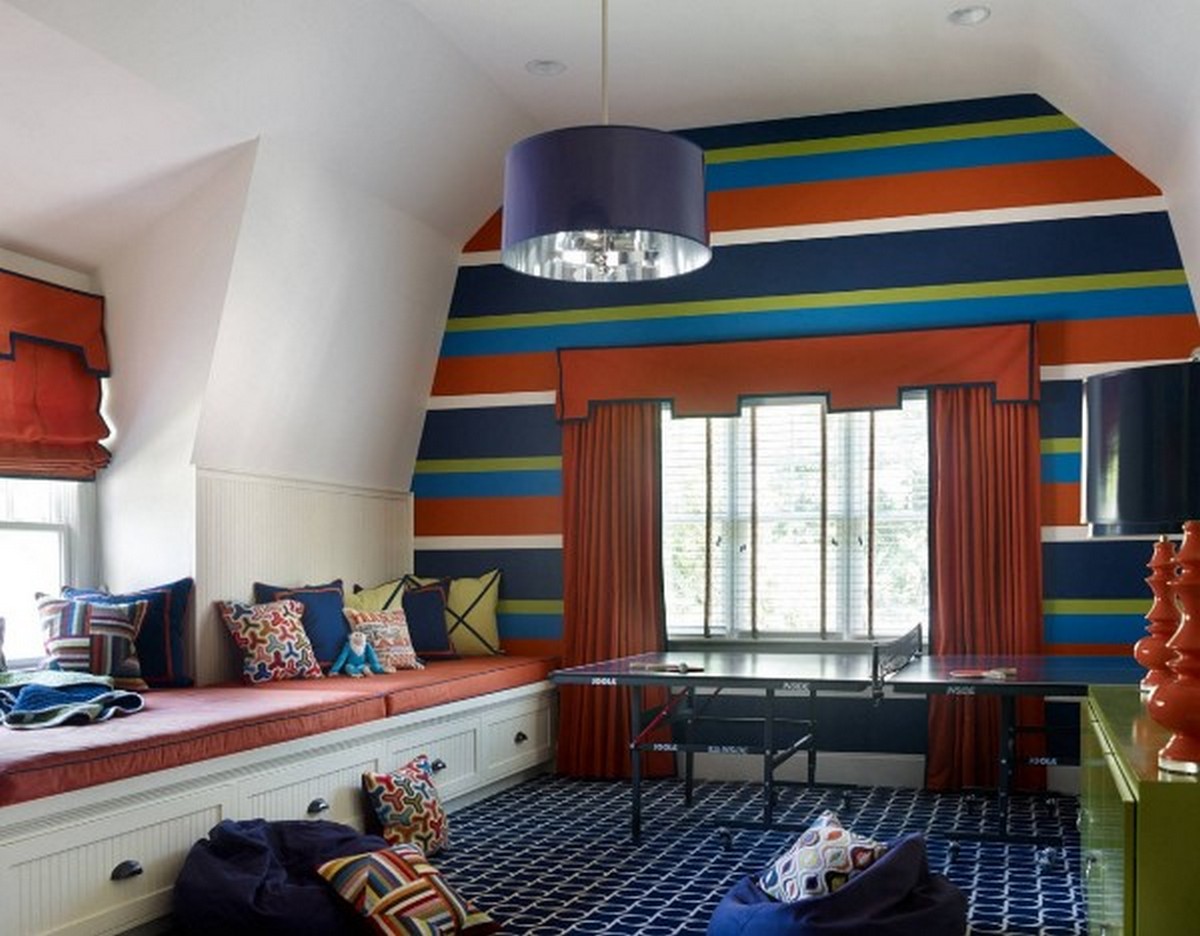
Here are examples of nursery with and without chandeliers.
